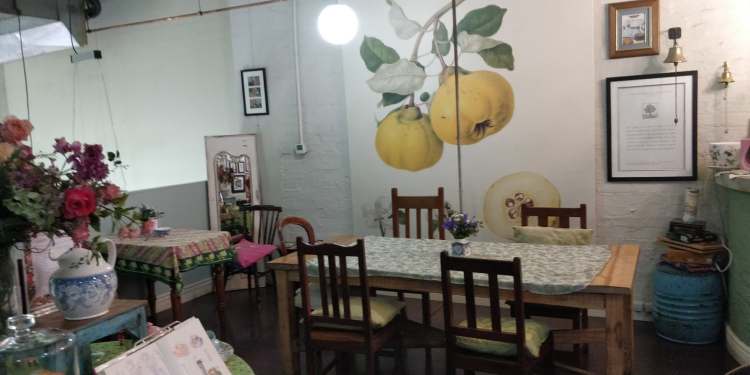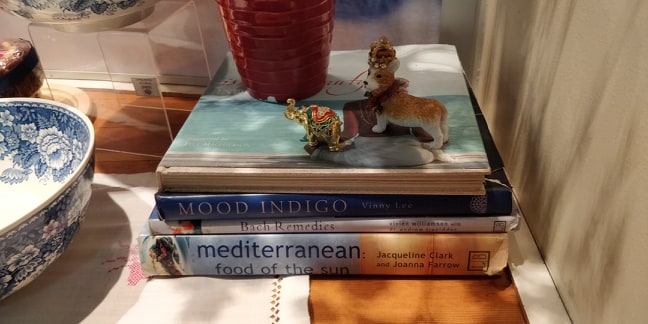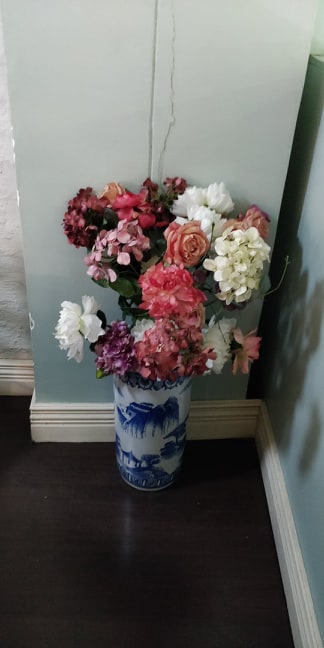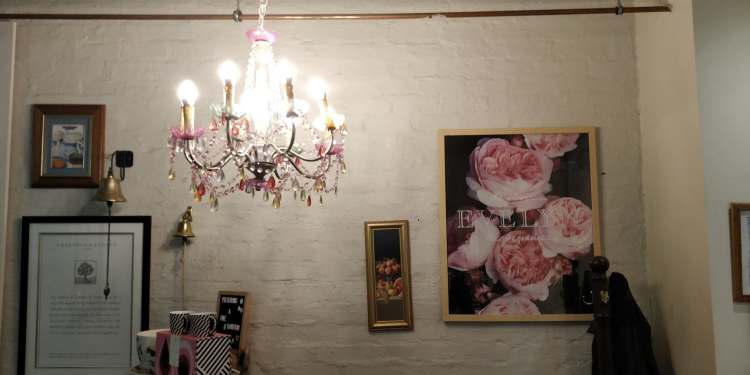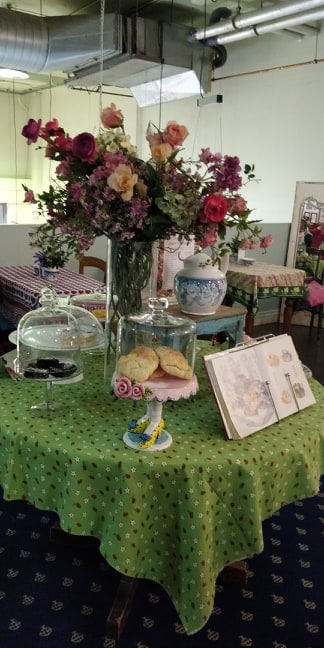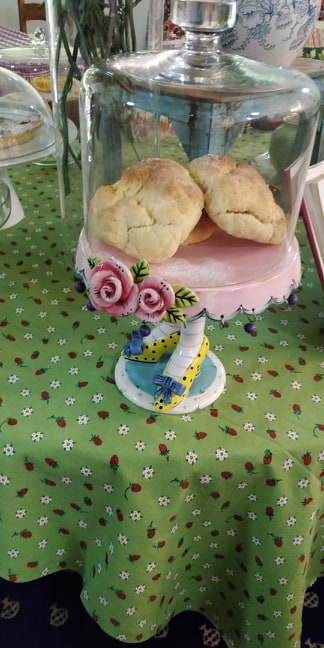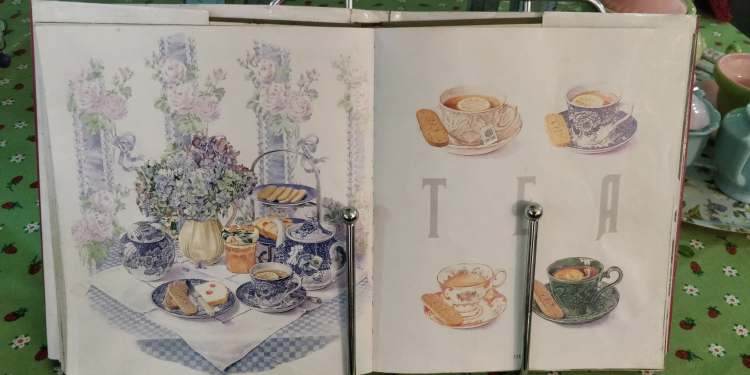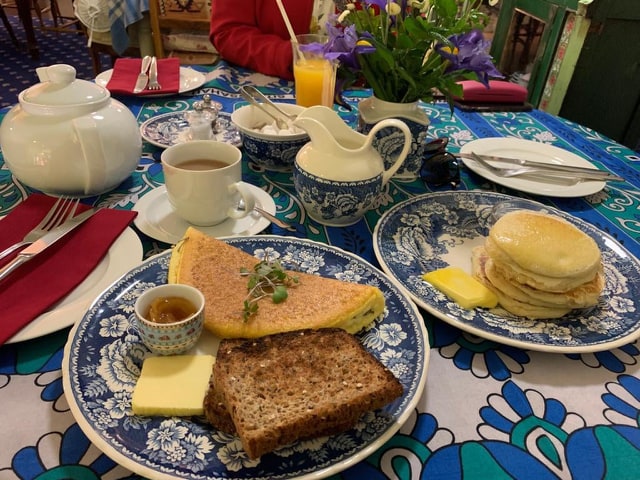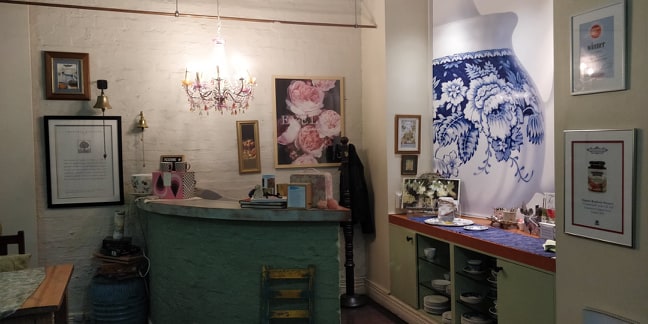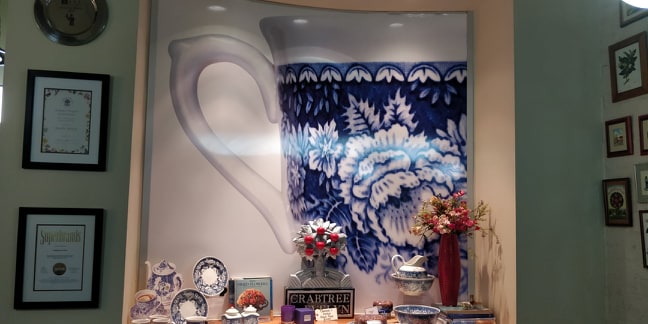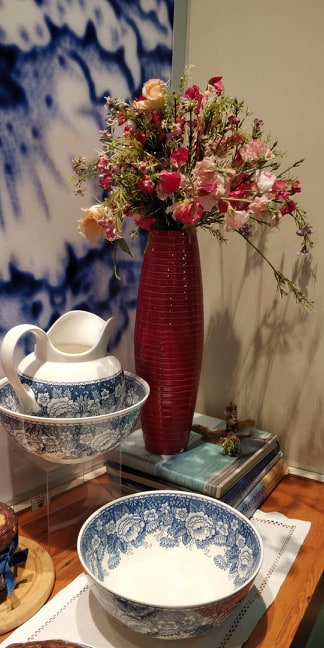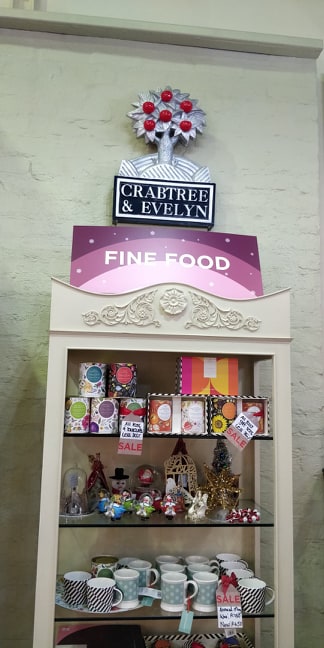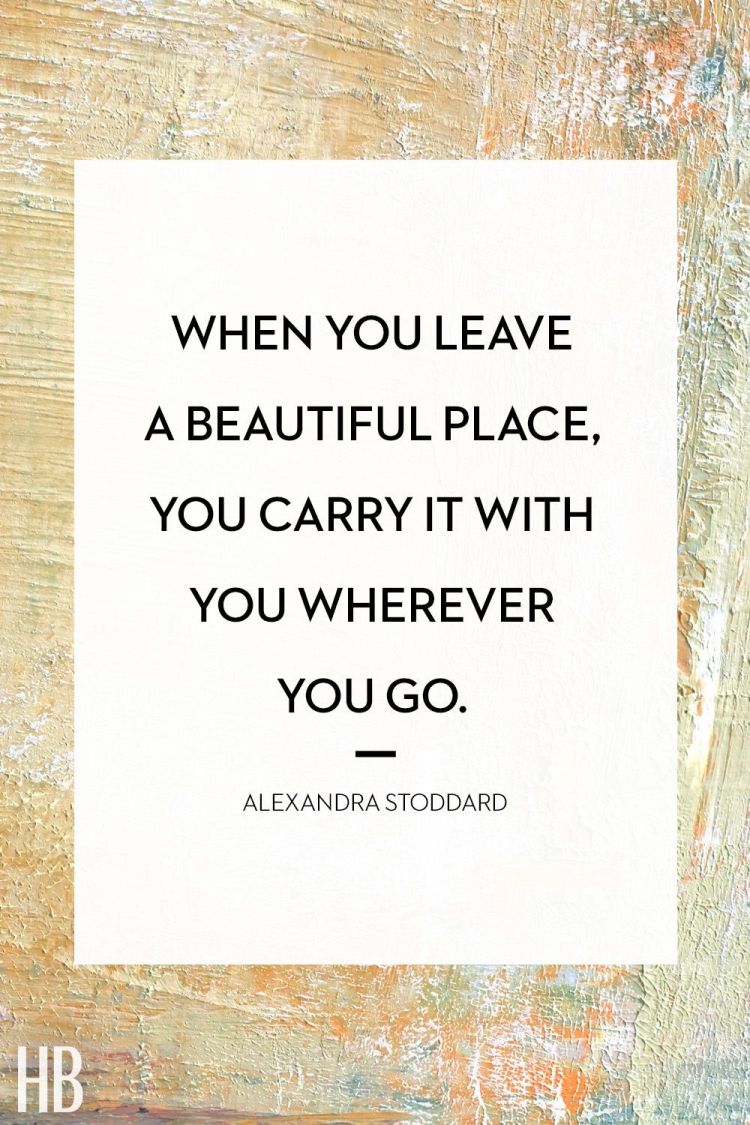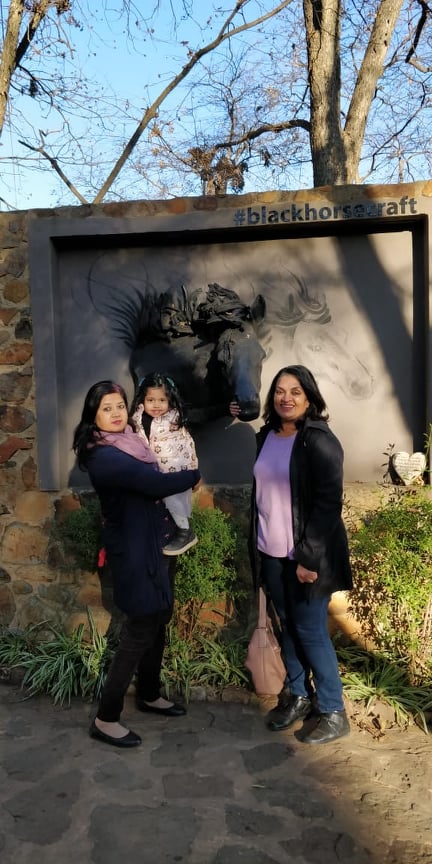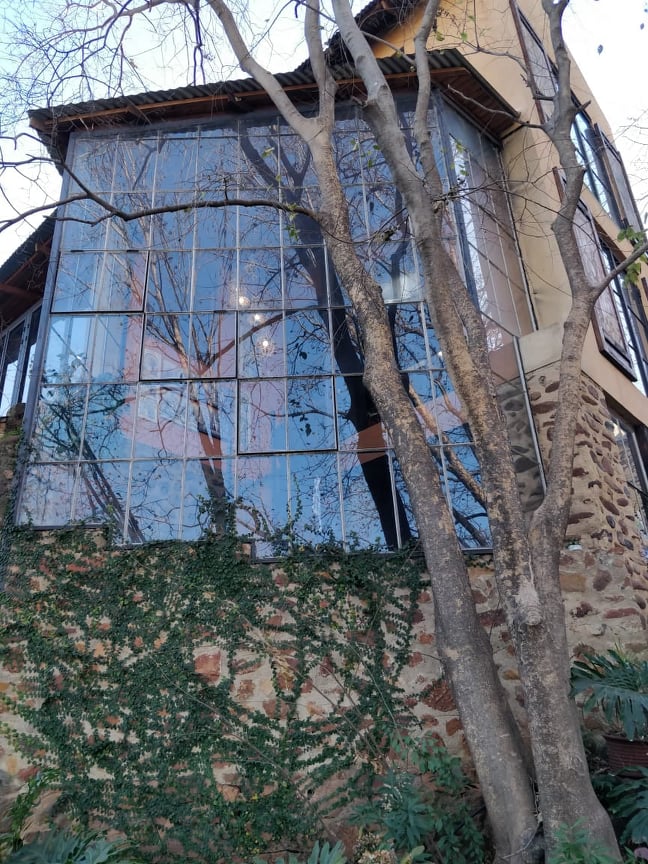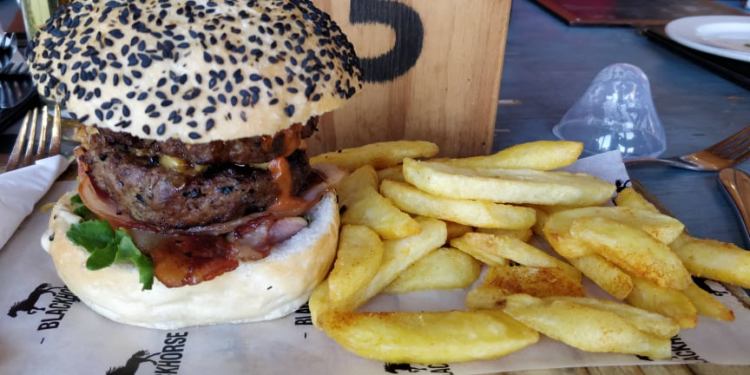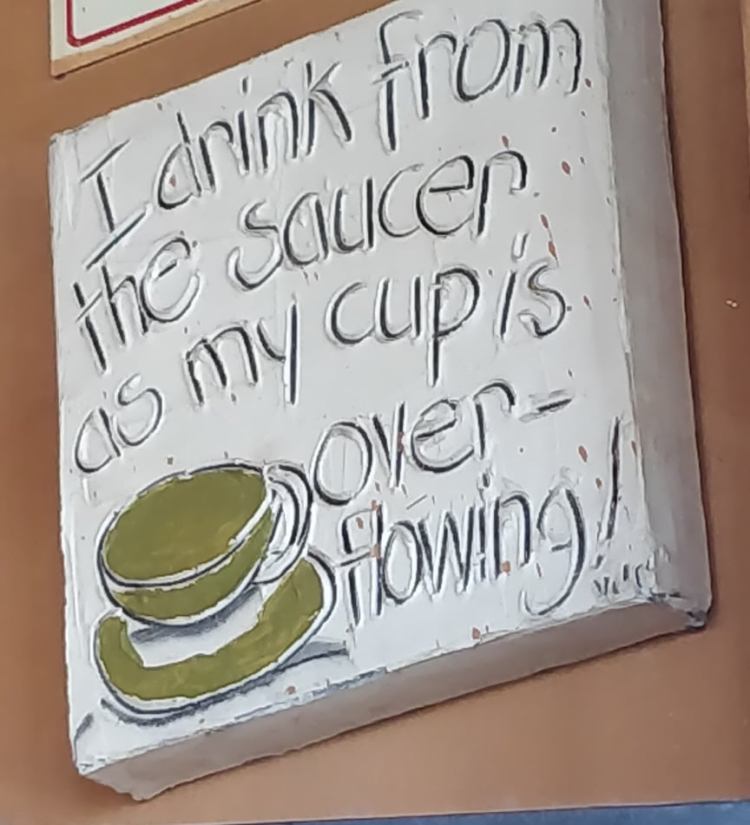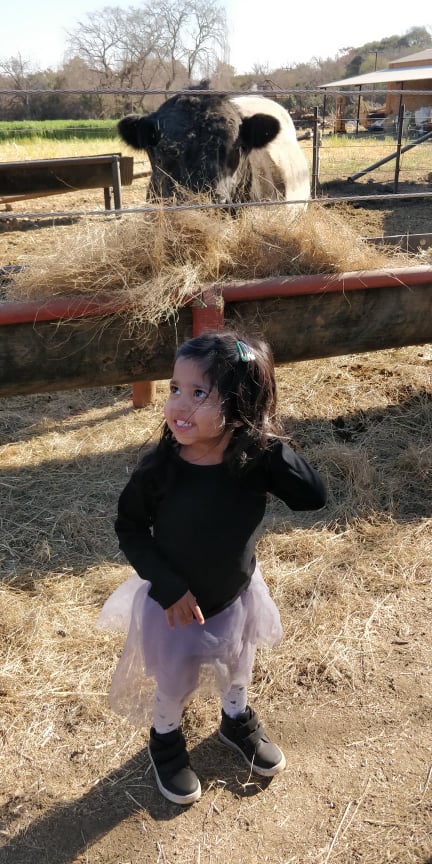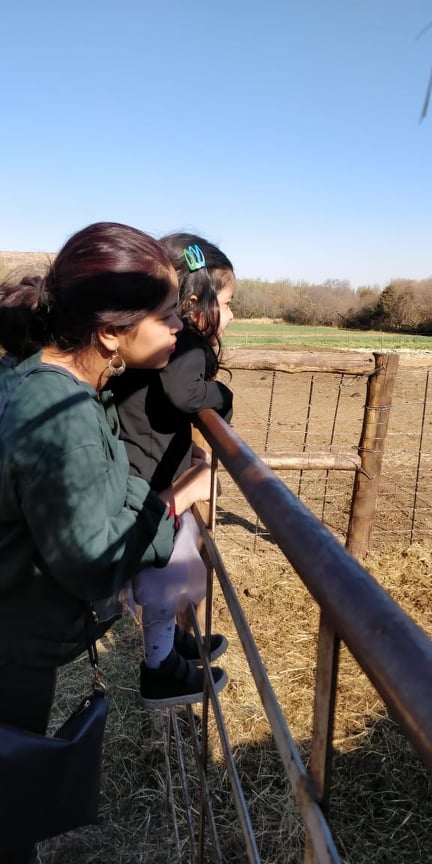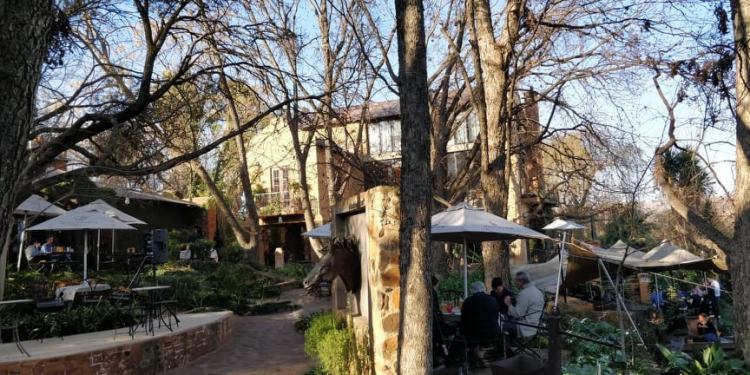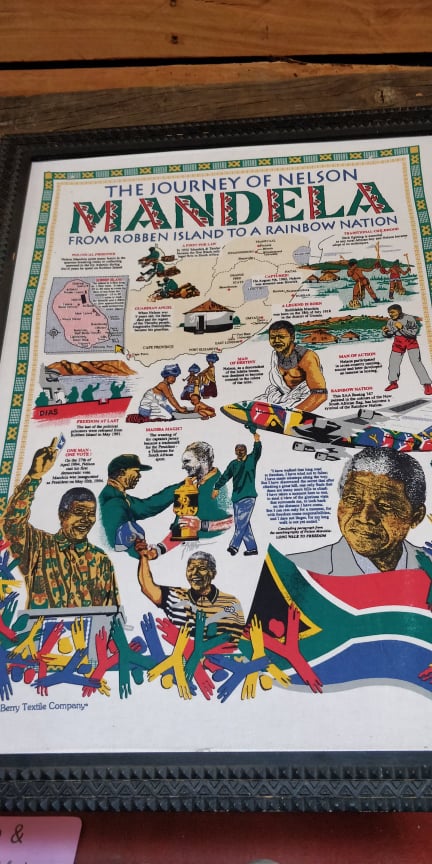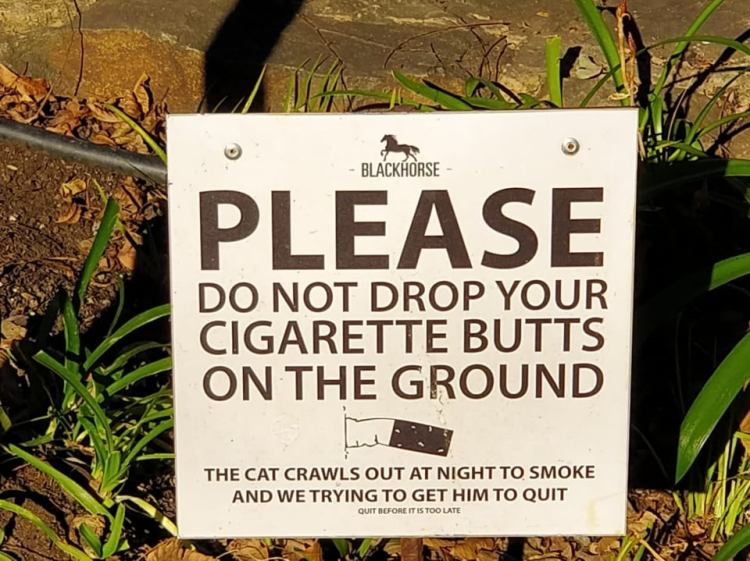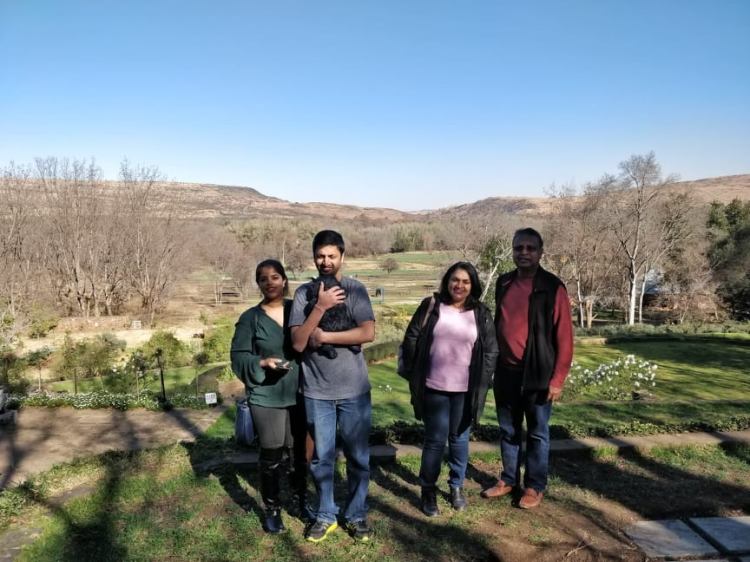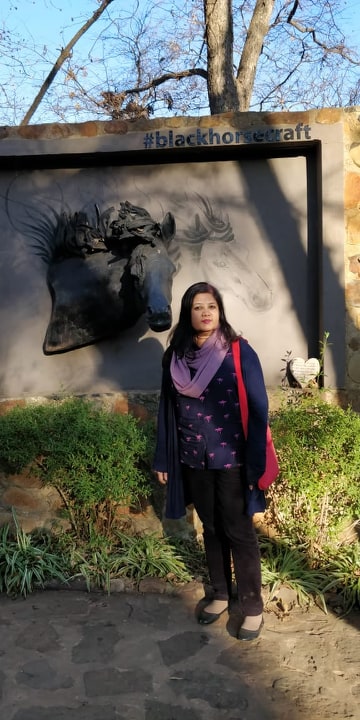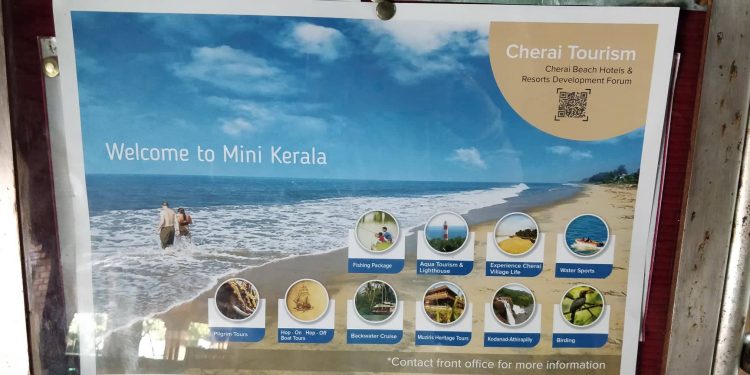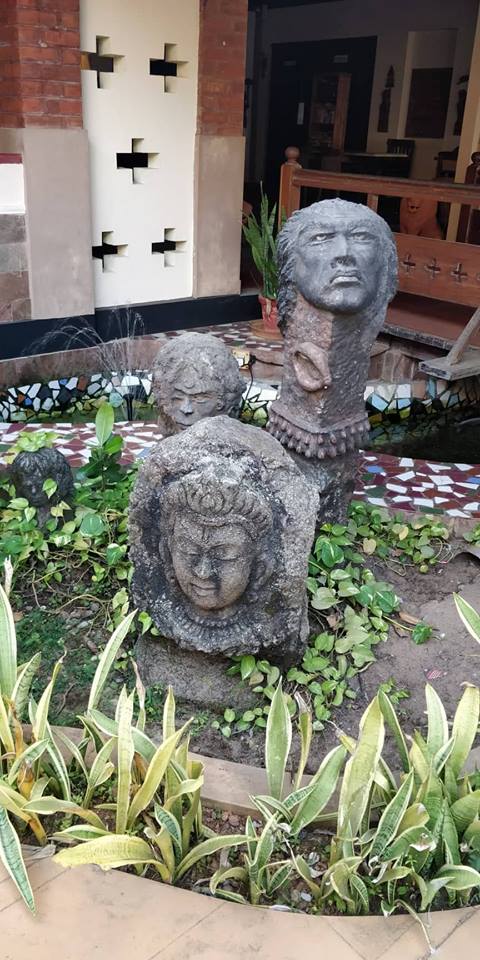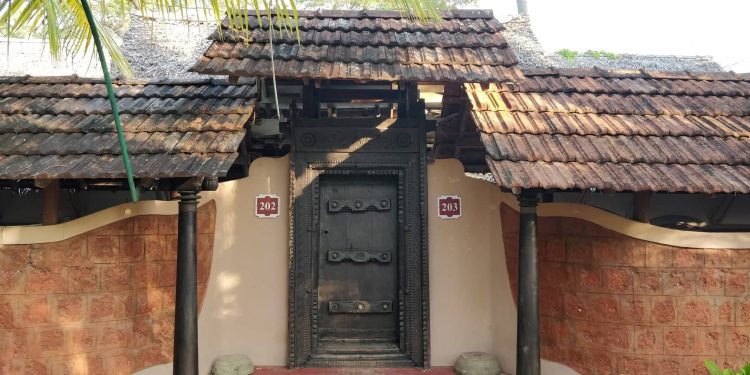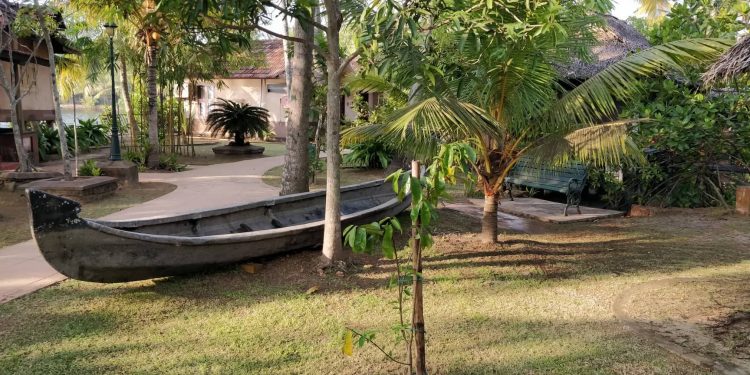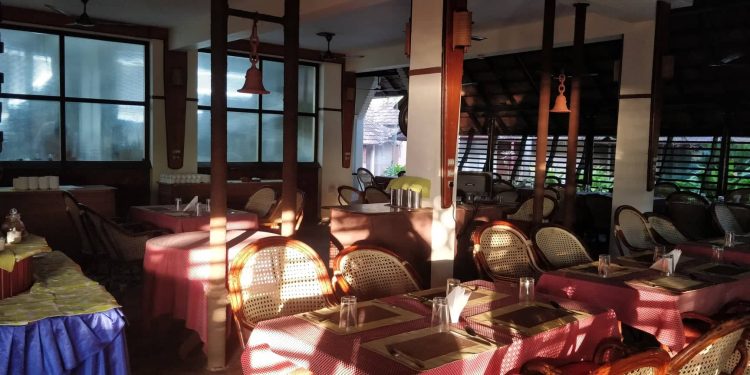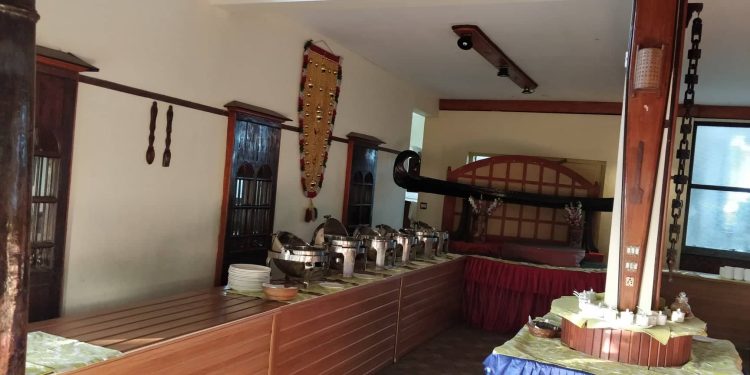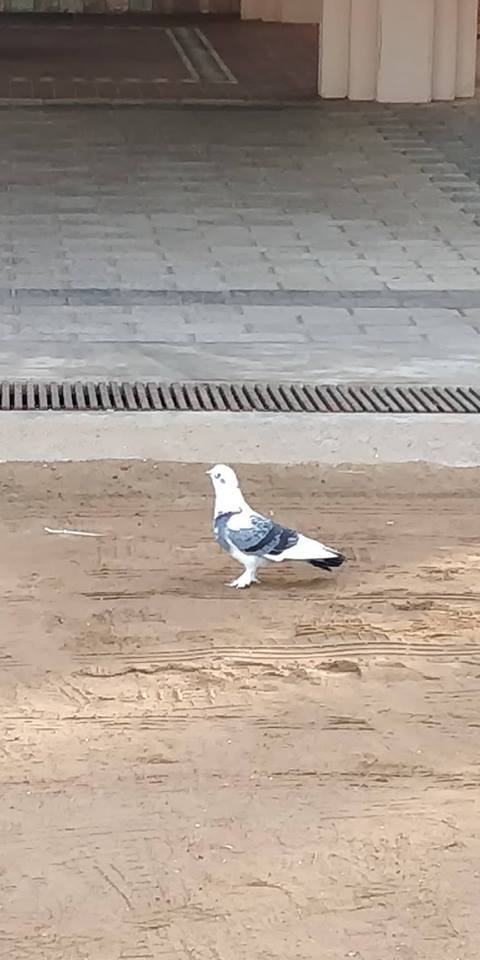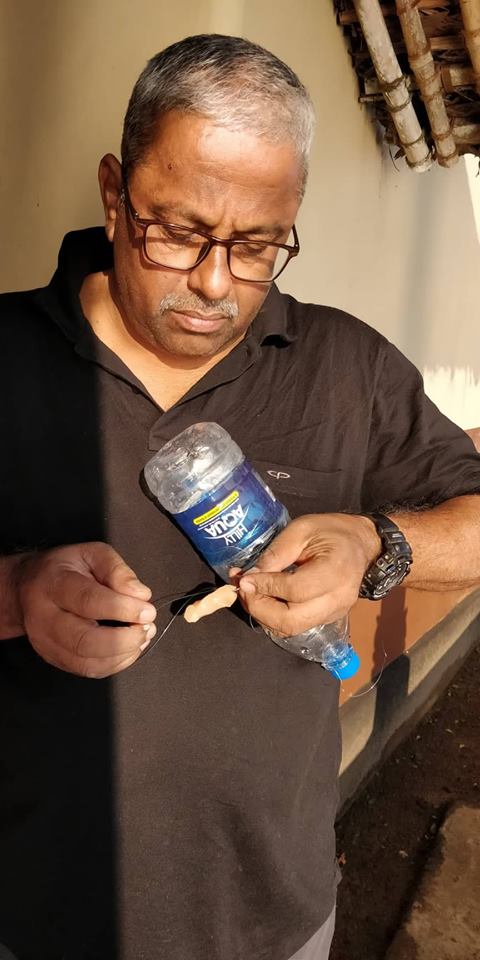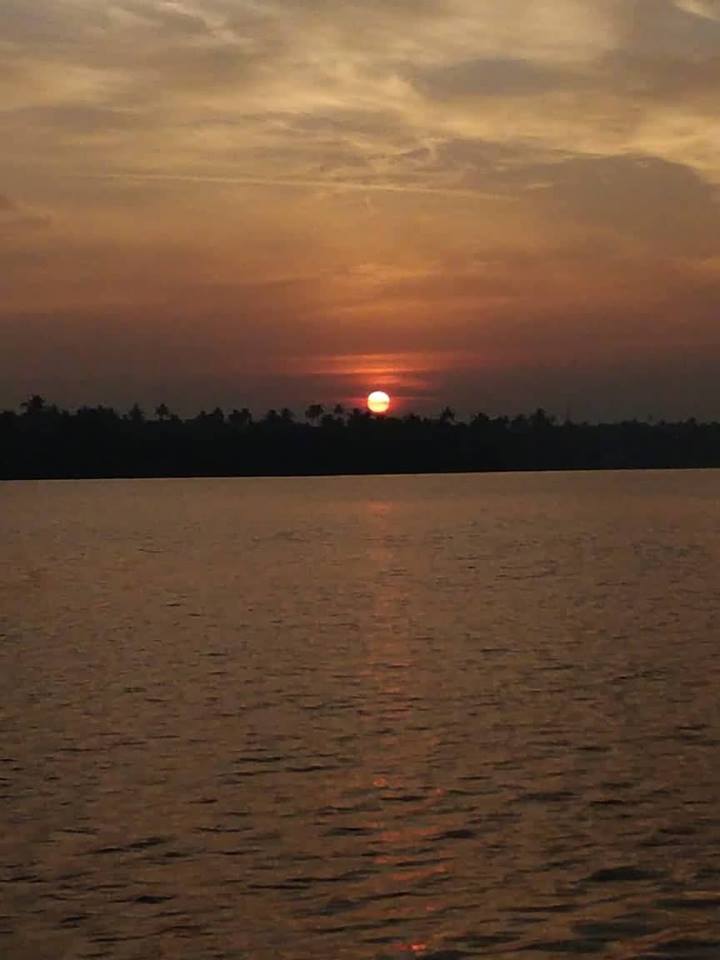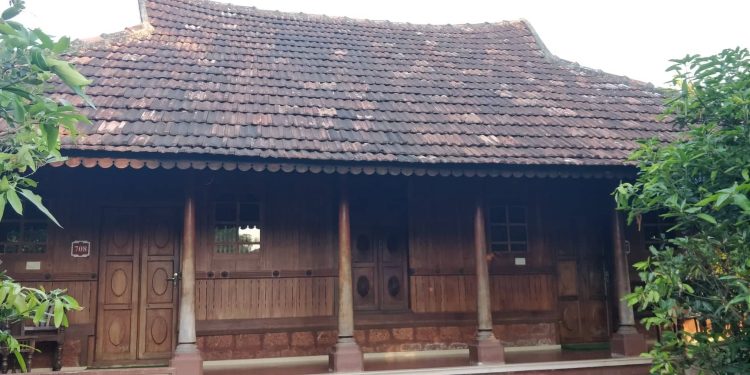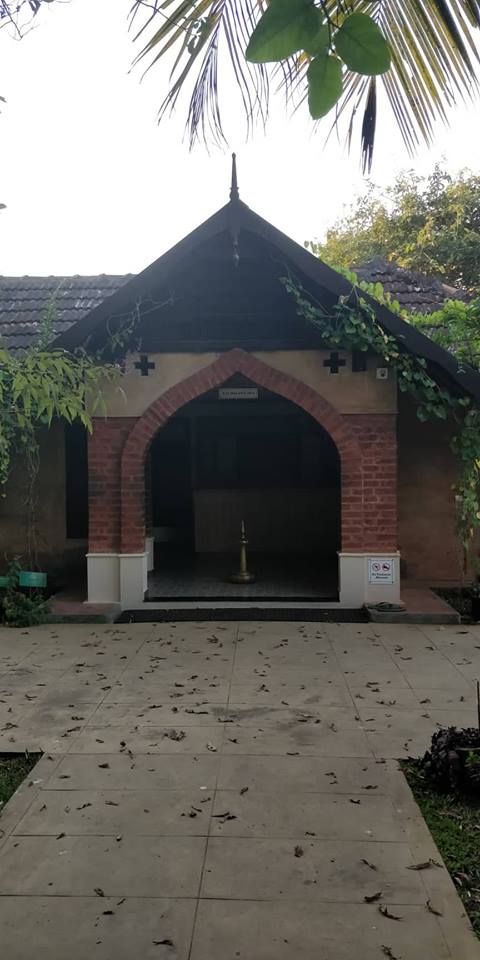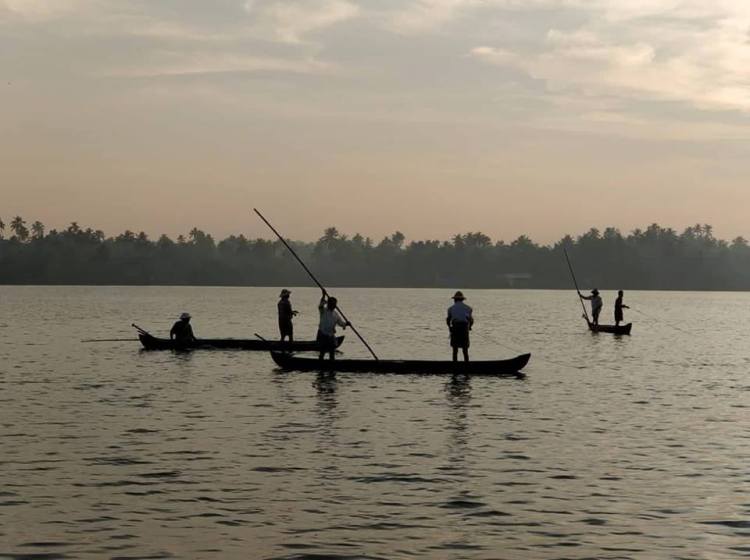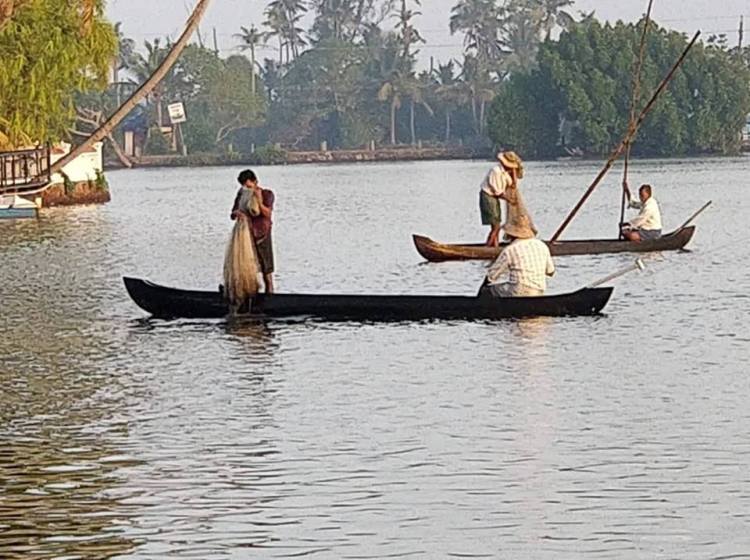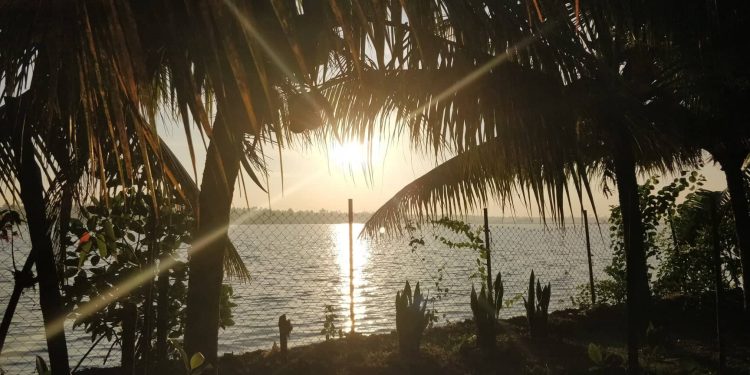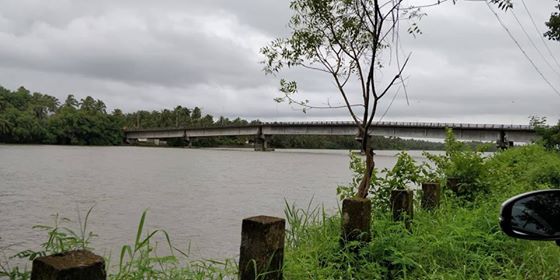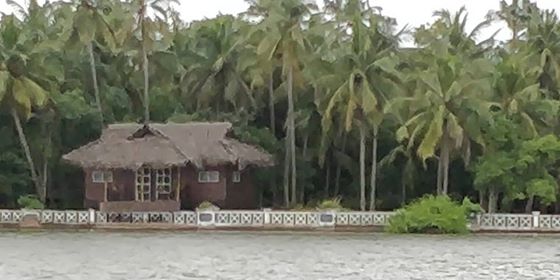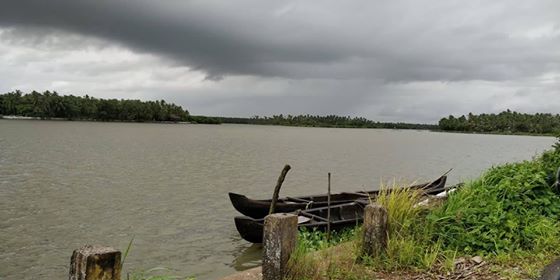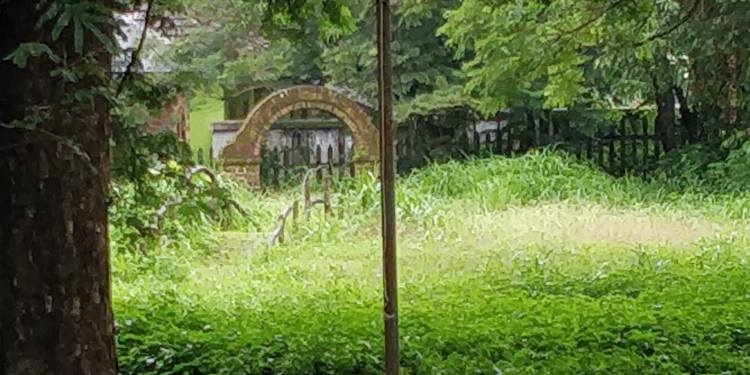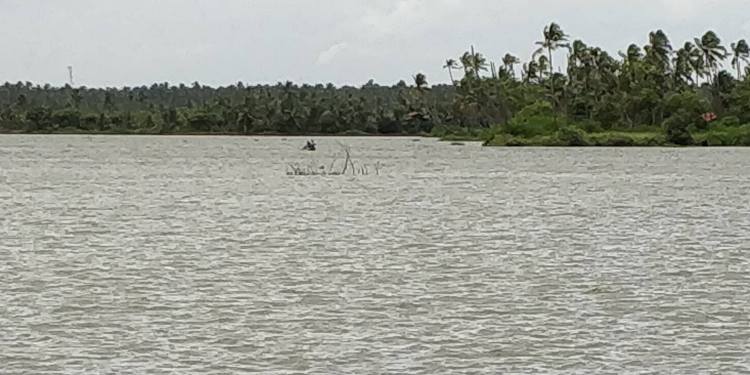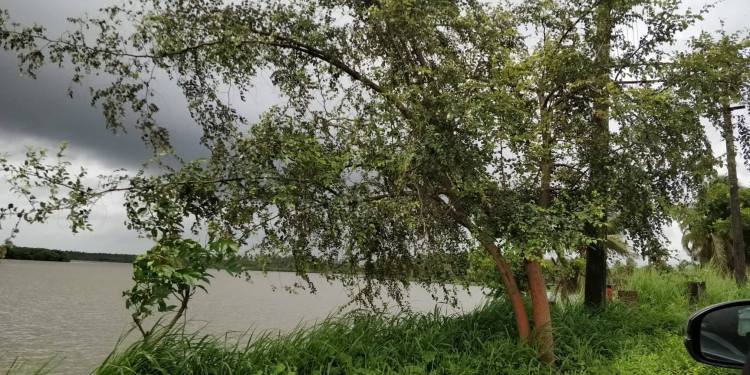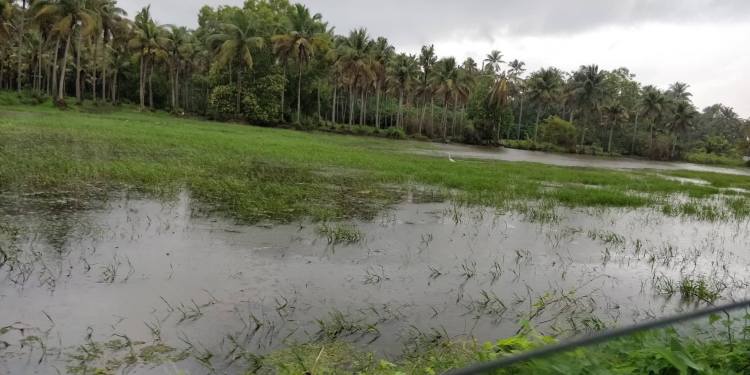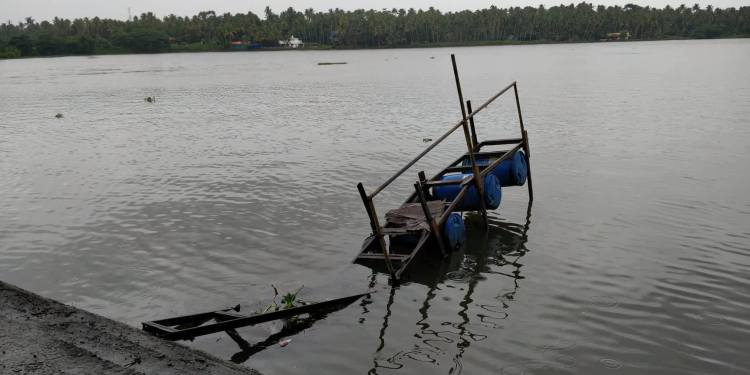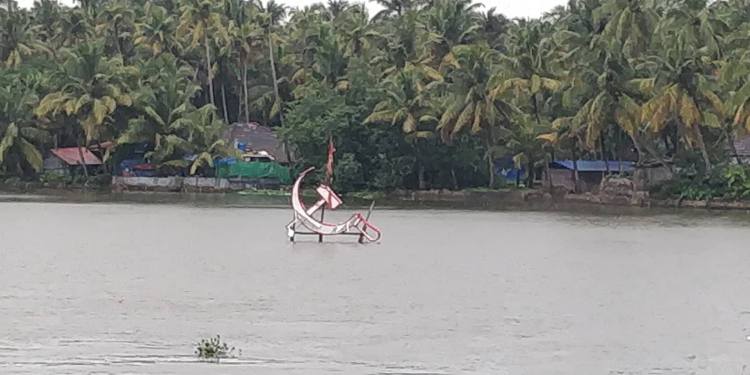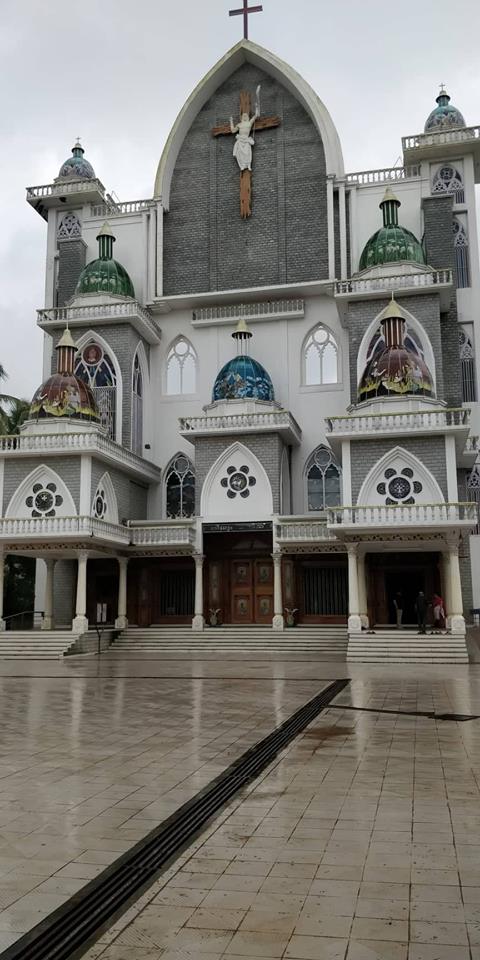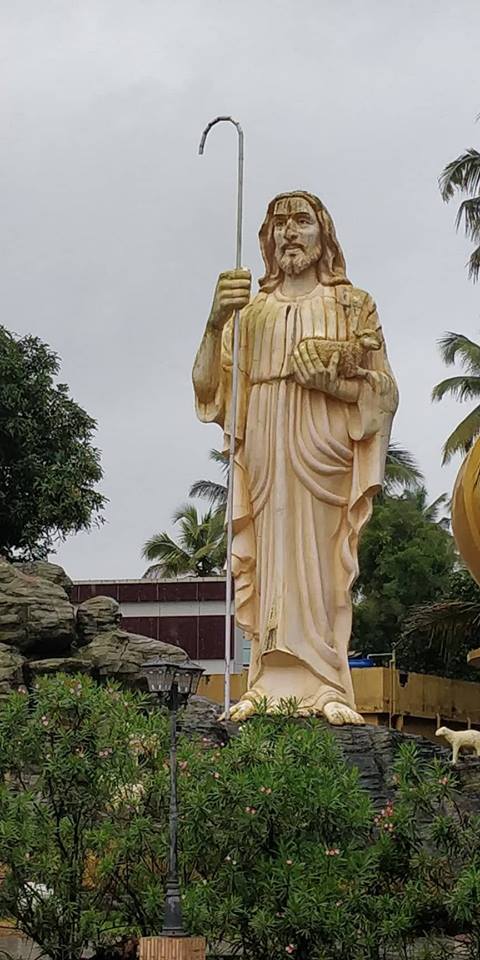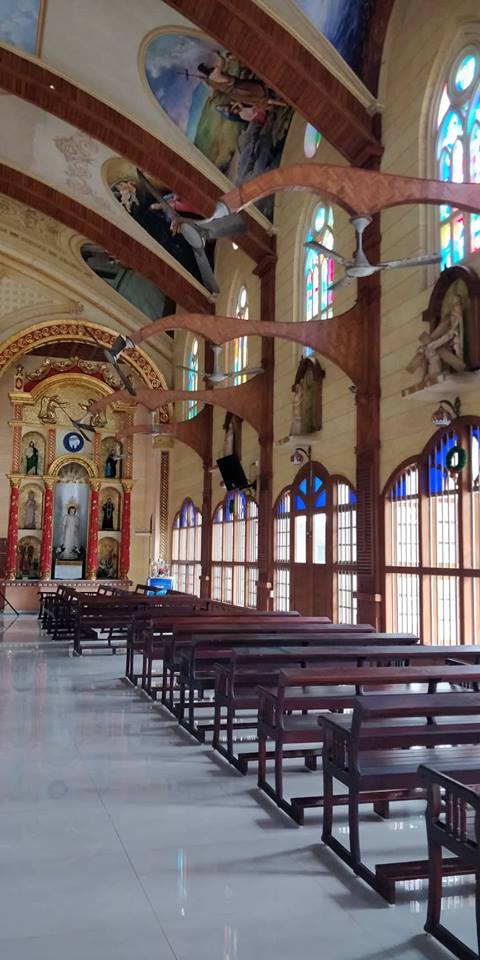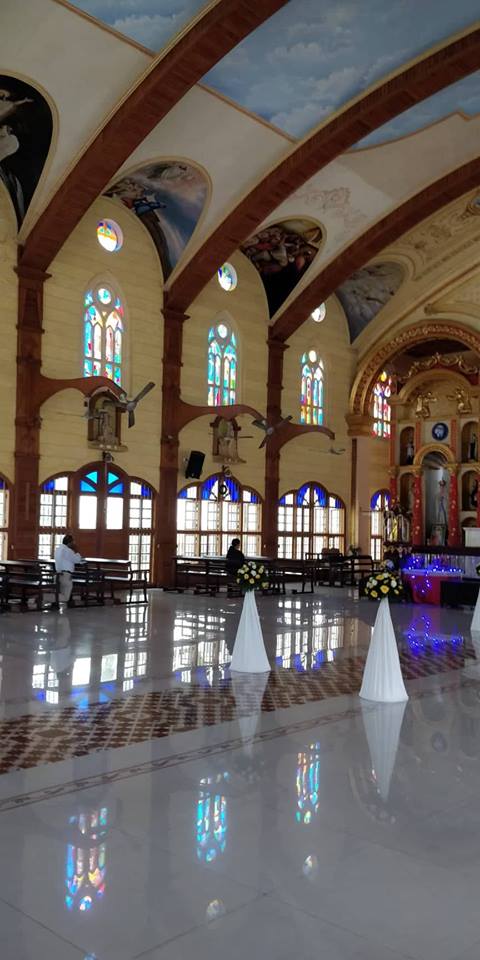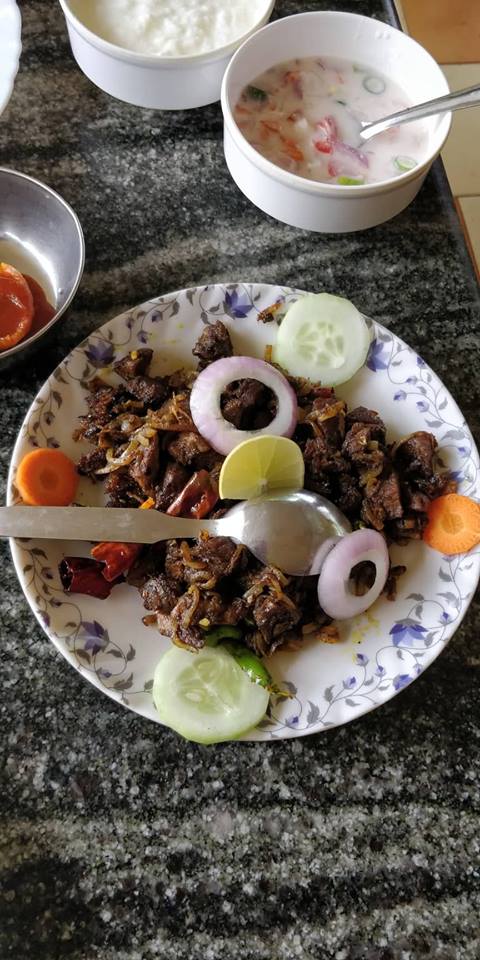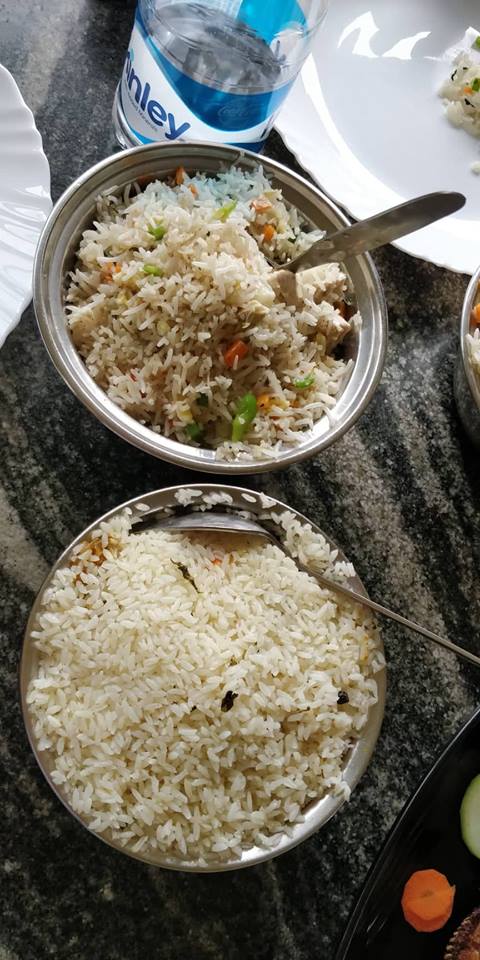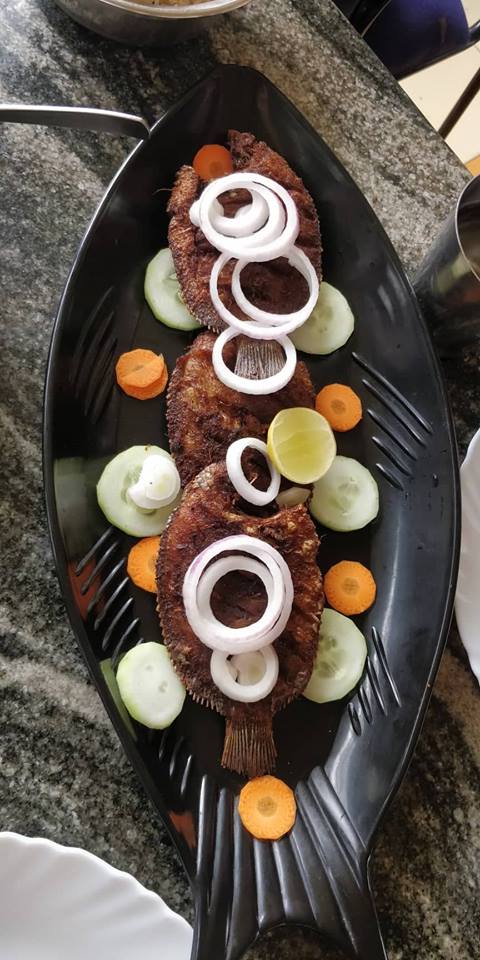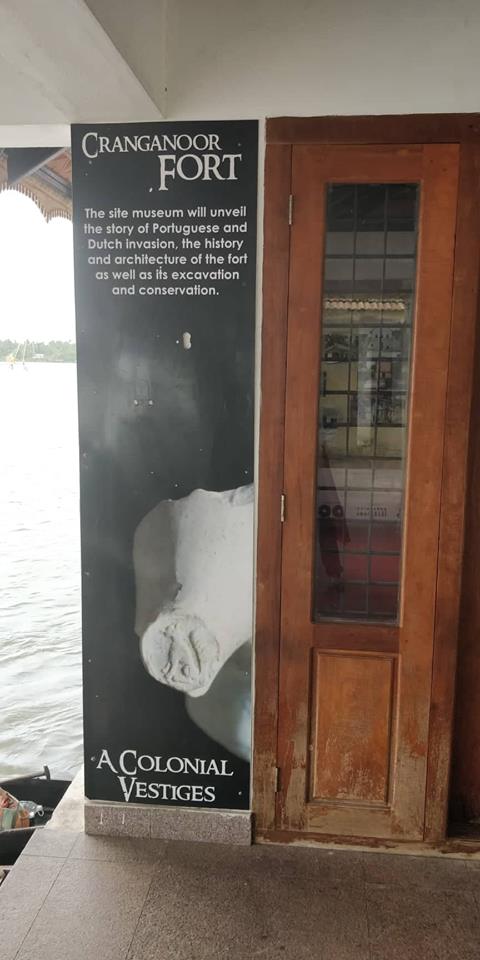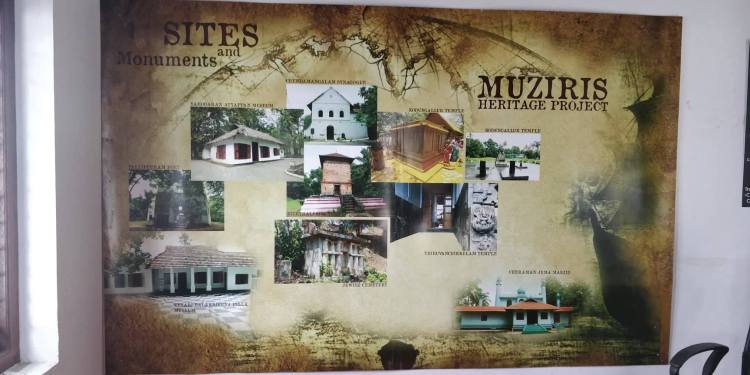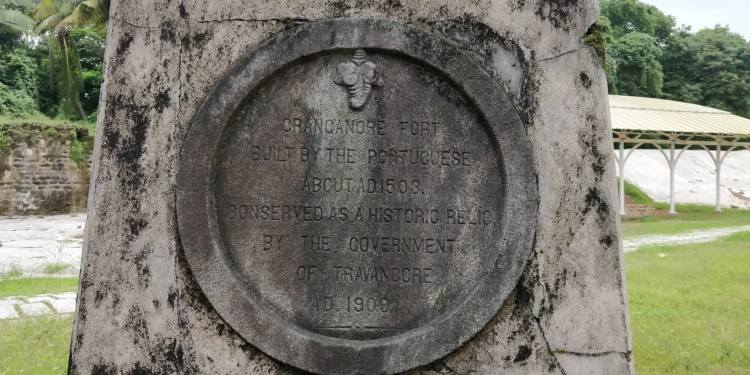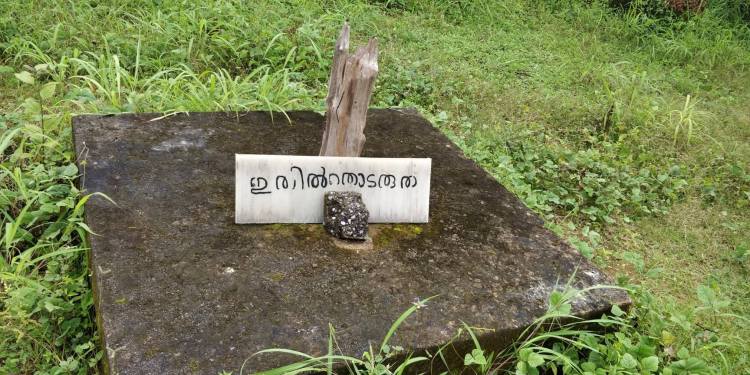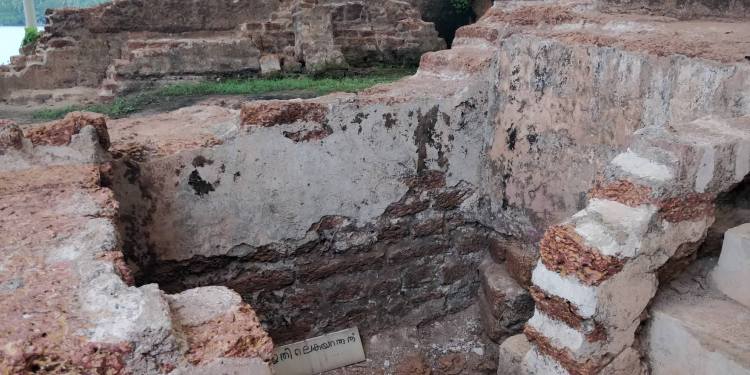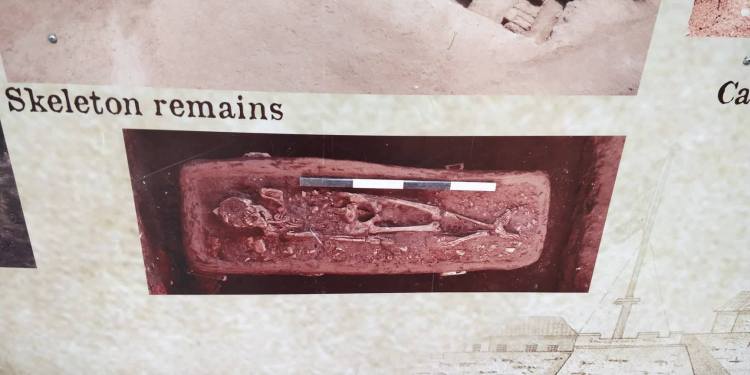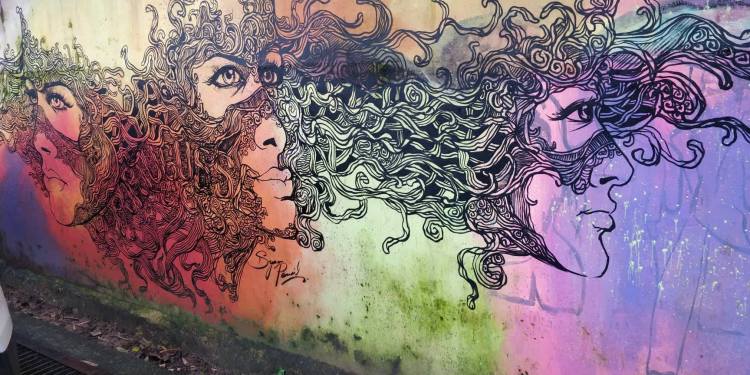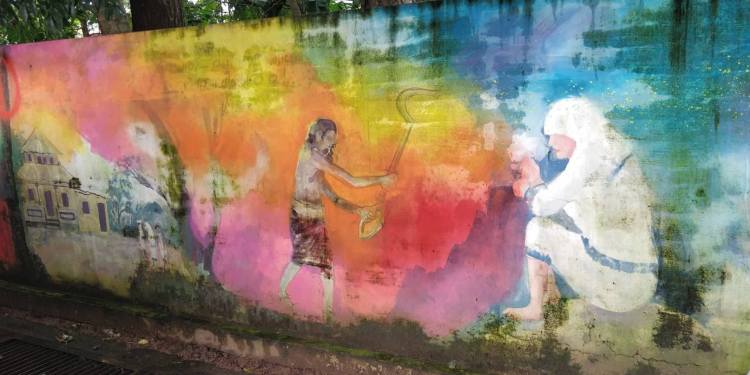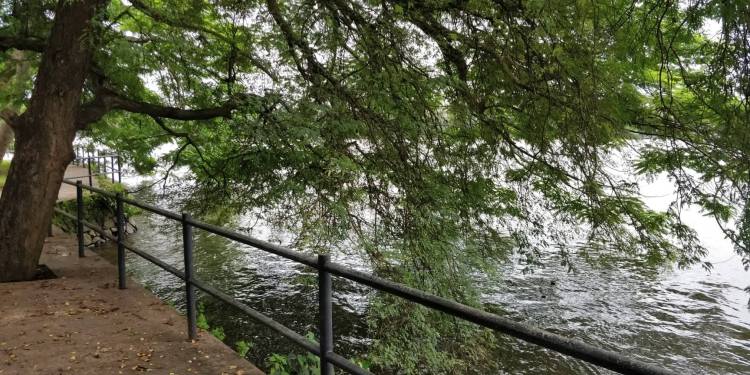Have you been to Constitution Hill?” This was the question we had constantly been hearing over six years every time we came visiting? This time, despite the birth of a little grandson and all the paraphernalia that came along with him, we decided that we had to climb the ‘Hill’, as it were, if only to witness the agony and the ecstasy that made it such a landmark in South Africa.
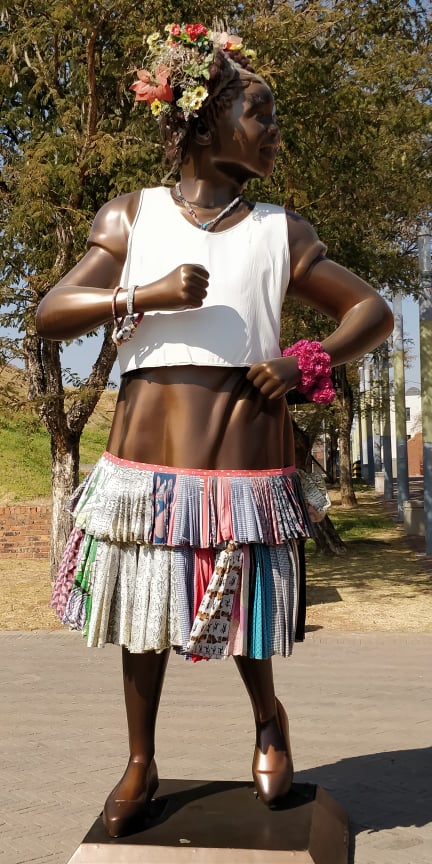
So, there we were, two couples, wide-eyed and bushy- tailed, all set to have the experience of our lives, just the way people had told us. At the Visitor Centre, we were given brochures as our guide, Pearl, escorted us to the first leg of the tour – The Old Fort.

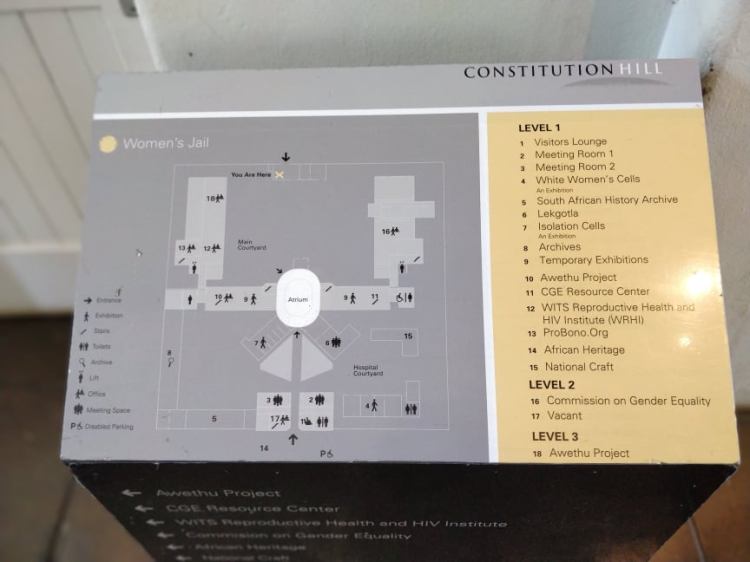
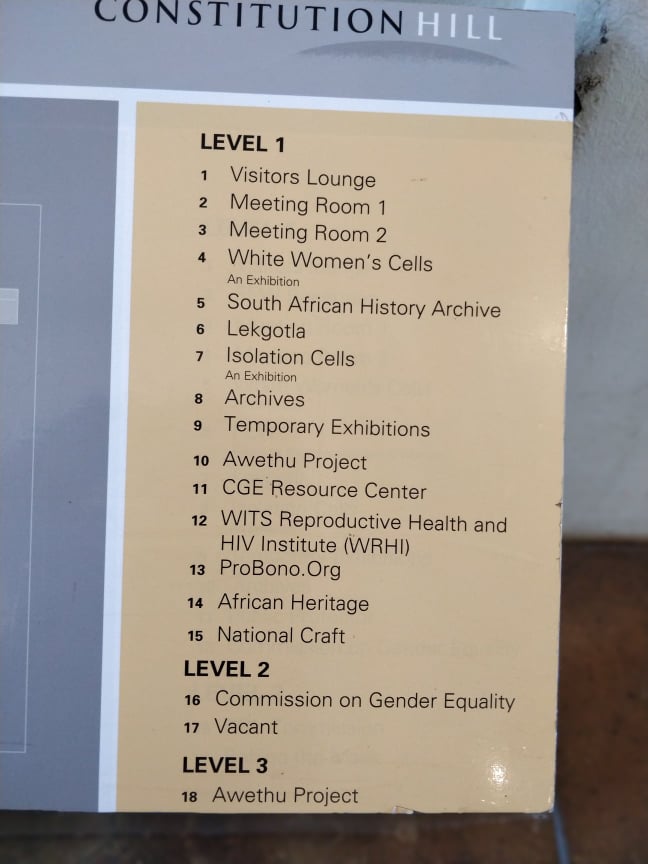
The Coat of Arms at Constitution Hill has an eagle symbolizing dominance, a lion for courage. a Boer gun, an ox wagon and the words ‘Unity is Strength’.
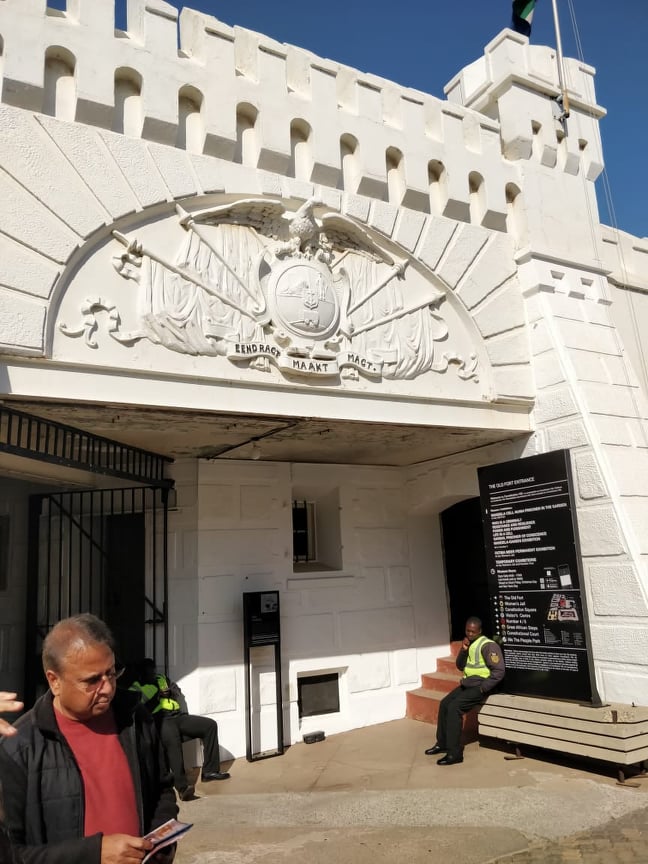
HISTORY: Johannesburg, established in 1886, experienced a gold rush which brought fortune hunters from across the world to its reefs. In 1893, the Old Fort was commissioned as the Johannesburg Prison by President Paul Kruger to house mining criminals. Only white male prisoners were housed here. It metamorphosed into a military fort after the British strove to overthrow the Boer government after the Jameson Raid in 1896. The Boer prisoners built the ramparts of the fort, but lost it to the British in 1900 during the Second Anglo Boer War, and it was turned into a prison once again to house Boer prisoners.
APARTHEID: In 1948, the National Party brought in an ideology that turned into a scourge that would leave scars across history – Apartheid. The word literally meant ‘apartness’ in Afrikaans, and though it was held up as the ideals of equality and freedom of cultural expression on paper, it proved to be a Frankenstein in actuality, forcing different racial groups to suffer gross inequality, keeping them apart, oppressed and miserable. Inter-racial marriages were banned and segregation of races was the norm. People were discriminated on the basis of their skin colour. Segregation had been practised by South African governments earlier, but apartheid took it one step further by making it part of an unfair law. It was based on the fear of the white minority who felt that their black counterparts would overwhelm them, causing them to lose their status, their jobs and their culture.
The British were in power from 1899 to 1902, and they left in 1906. At one time, the prison housed only white, male prisoners. However, Nelson Mandela was incarcerated there, and put along with the white prisoners as it was feared that he would influence the black prisoners and inflame their passions. Some of the other famous prisoners were Mohandas Gandhi, Albert Luthuli who was a Nobel Peace Prize awardee, Oliver Tambo, Winnie Madikizela Mandela, Walter and Albertina Sisulu and Bram Fischer, human rights lawyer. Joe Slova was another prominent prisoner who was the general secretary of the South African Communist part. He was a top notch lawyer and it is believed that there were long lines of prison warders who approached him seeking advice on matrimonial and financial matters. His wife, Ruth was also imprisoned with him.
It was in 1904 that the Number 4 prison was opened for white, non-white, Asian and Indian prisoners. The gamut was wide, right from common criminals to famed political prisoners who had the power to change the thinking of the world.
In 1908, the Awaiting Trial Block came into being. Prisoners were given the task of carrying bricks to help in the construction.

THE MANDELA COURTYARD
This was a wide space where prisoners, black, white and coloured, were allowed to mingle while waiting for medical treatment in the Medical cell. It was known as the Place of Hope for this reason, and alternatively dubbed the Place of Pain as corporal punishment was also levied here. As prisoners received lashes, there was always a doctor present who would determine just how many lashes a person could endure. Nelson Mandela was kept here for two weeks before the Rivonia Trial in 1962.

THE WOMEN’S JAIL

In 1910, the Women’s Jail was opened, a Victorian building where the whites were segregated from the non-whites. In all the prisons, there was a distinct hierarchy that pitted the black gang leaders and their sycophants against the hapless black prisoners who were sometimes incarcerated for petty offences and yet, treated like hardened criminals. Women could be taken in custody under the Prohibition of Mixed Marriages Act, 1949, the Immorality Amendment Act, 1950, the Populations registration Act, 1950, the Group Areas act, 1950, the Liquor Act and the like.
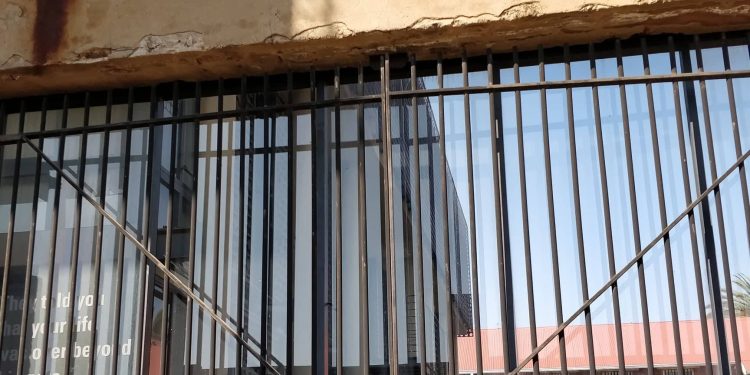
The Woman’s Jail boasts of a well-kept garden that was initially tended by the prisoners within. When sunlight falls into the attractive Atrium through its high windows, it dispels the illusion of being part of a dark prison with unbearable memories.
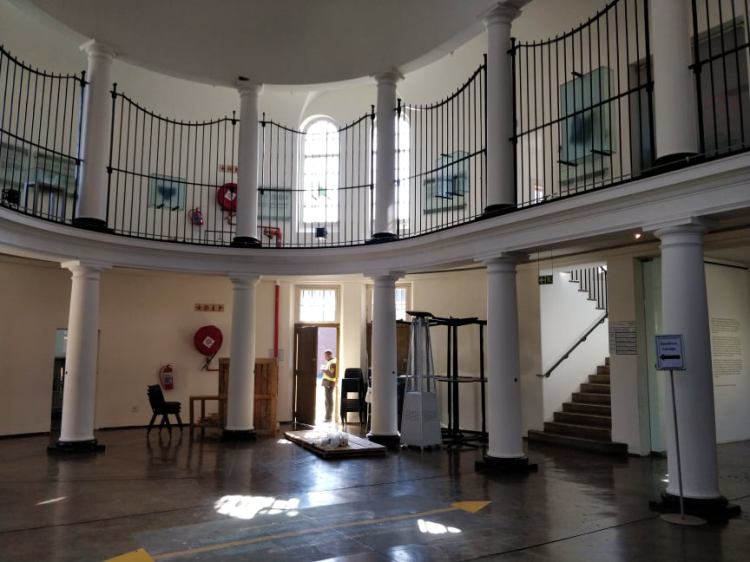
The Isolation cells here have morbid stories to tell of erstwhile inmates, with plaques that describe why they were imprisoned. Every cell displays the personal effects of the said prisoners, and it is heartbreaking to see some of the trivial reasons that led to their imprisonment.
The picture below depicts the actual size of the cell the women were put in, with two buckets on either side, one for drinking water and the other for defecation.

The white women prisoners had it better than the blacks. Their cells were well maintained and their criminal histories adorn the walls. There was even an heiress, Daisy De Melker, (below) who murdered her husband, and she was treated more royally than many of the poorer inmates whose crimes were insignificant.
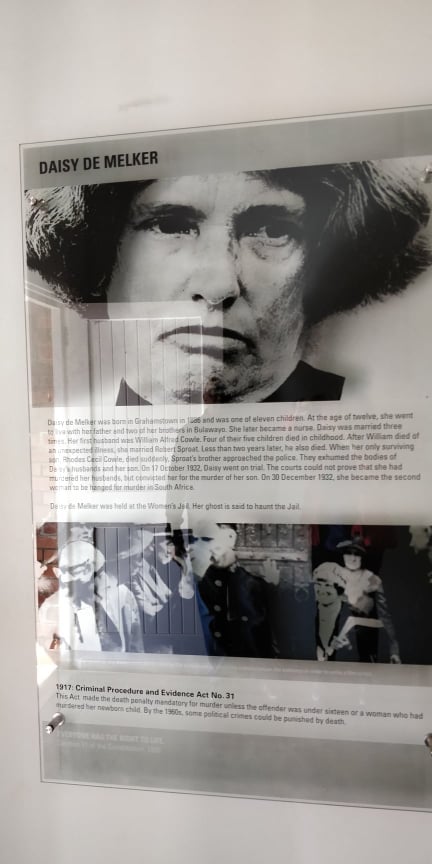
When a pregnant Winnie Mandela had health problems in the jail, it was Albertina Sisulu, wife of Walter Sisulu and a nurse, who tended to her needs. Winnie was later released and had her baby outside the prison.
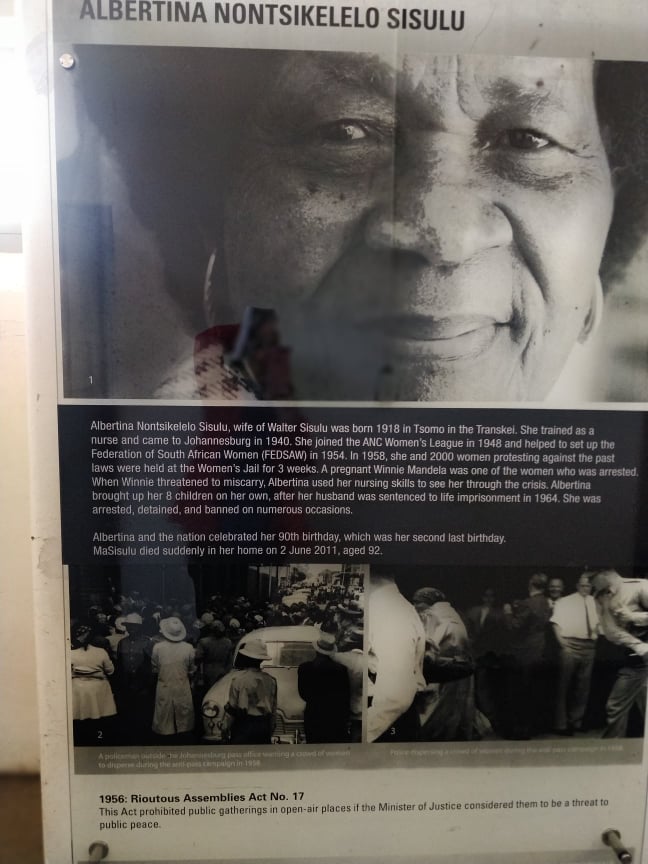
Artist Fatima Meer’s paintings are displayed in the courtyard of the Women’s Jail.

NUMBER 4 – THE NATIVES’ SECTION
This was built outside the ramparts in order to accommodate the growing numbers of inmates, and used to house convicted black male prisoners.
In one of the cells, there are black and white photographs of a number of people who had been imprisoned within Number 4, one of which was Mohandas Gandhi. A caption within asks the question, “Do you think they should have been imprisoned here? Please give us your responses.”
Of all the photographs, there were only one or two who were actual criminals; the others were political prisoners locked away to prevent them from causing unrest within the country,


“It is said that no one really knows a nation until one has been inside its jails.” Nelson Mandela
THE TUNNEL: The tunnel is a grim reminder of the humiliation heaped on black prisoners and even today, as one walks through it, it evokes shudders. Our guide pointed towards the door from which prisoners were marched in the darkness that was the tunnel. The only lights seeped in through the side slits, which, to their horror, had guns sticking through, pointed right at them as they stumbled in the dark towards the prison. Once there, the humiliation continued as they were held down, stripped, deloused and finally given uniforms that bore the stamp of their plight as they were taken in and incarcerated, sometimes till their death.

The worst debasement was the performing of ‘tausa’, where prisoners were stripped and their rectums examined by the warders to see if they were carrying any contraband or weapons. One cannot even begin to imagine the trauma and the humiliation the prisoners suffered.
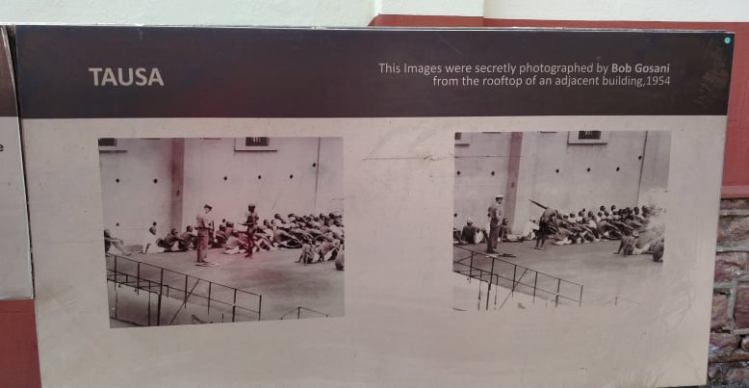
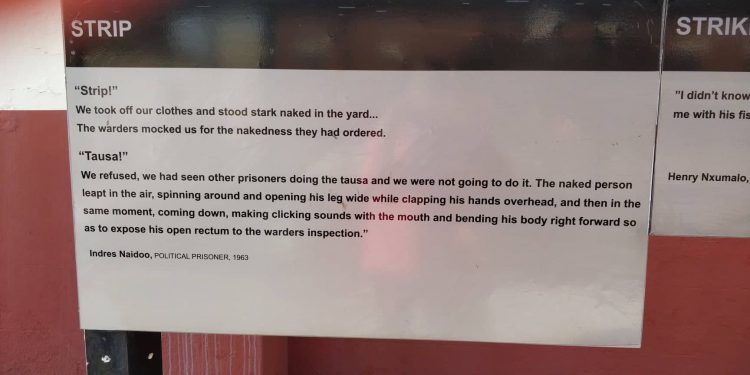


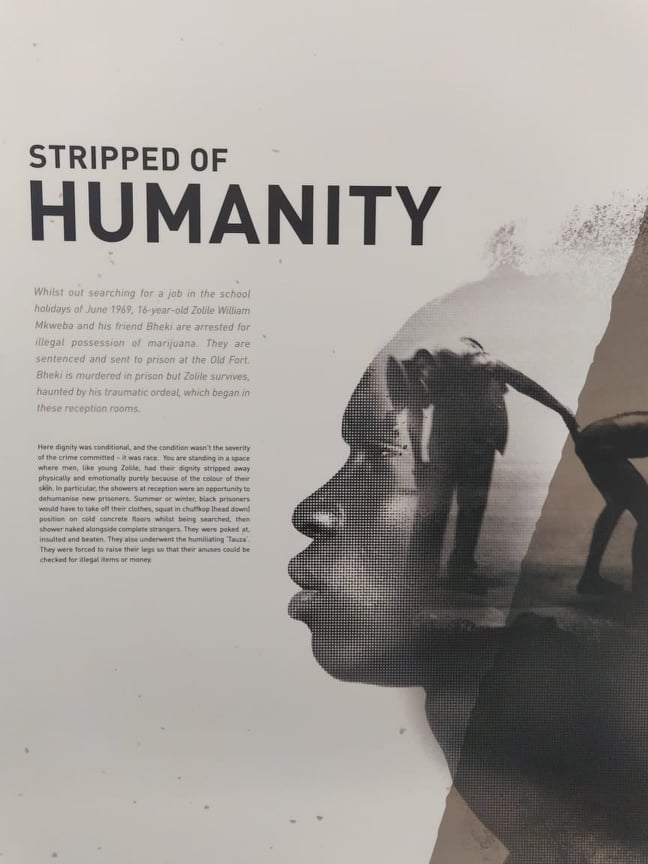
Joe Slovo was one of the prominent prisoners. In his unfinished autobiography, he described the conditions in which the prisoners were made to collect their food from three drums in the yard, where even today, the unappetizing menus are on display. Apparently, there were three drums with food.
“The first drum, marked ‘Congress One’, contained cooked chunks of beef or pork for white accused. The ‘Congress Two’ drum, for coloureds and Indian prisoners, contained either porridge or boiled vegetables on top of which floated a few pieces of fatty meat that were most probably from the discarded cut-offs from ‘Congress One’ drum. The ‘Congress Three’ drum (for black prisoners) was always meatless and the contents alternated between a plastic-textured porridge and a mixture of boiled mealies and beans.” (Jo Slovo, African National Congress member)
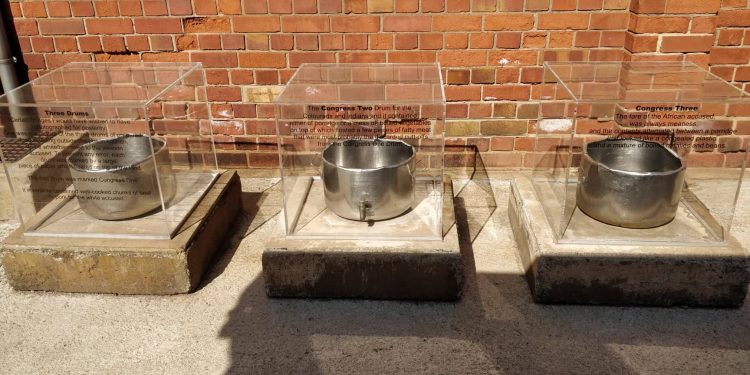
A poignant tale survives to this day. It is believed that black prisoners would pretend to be coloured just so that they could eat the slightly more palatable food from the second drum. However, the warders had a way to ascertain this. They would ask the inmate to place a pencil in their locks of hair. Black inmates had typical curly hair and the pencil would stay, whereas it would roll off the locks of the coloured inmates.
To make matters worse, there were nine, eastern style toilets right there in the yard that overlooked the area where the prisoners congregated to eat their meals. These were inadequate for the large number of inmates and were often filthy, and overflowed in clear view of the other prisoners. Privacy was a word that had no meaning in the jail. Apart from the stench due to the proximity of the toilets, diseases were rampant, arising from the general filth that was everywhere.

There were open showers that provided no privacy and often, some of the showers did not work. Hence, prisoners were forced to share the water and there were days when the gang leaders finished off all the water and the rest had to resort to use the toilet to wash their faces. Showers were allowed once a week and missing them meant remaining dirty till the next week.
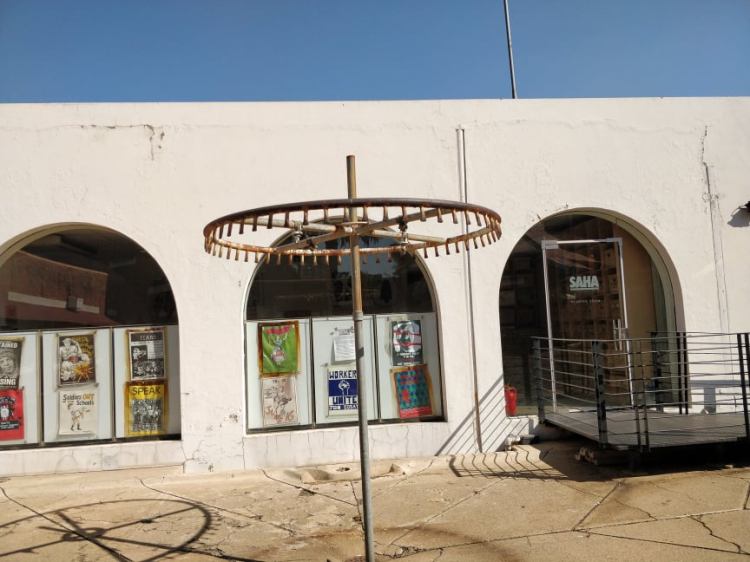
COMMUNAL CELLS
These were set in a line and could house only around thirty inmates. However, often there were sixty to seventy prisoners and hence, they were overcrowded, leading to various problems like poor ventilation as there was only a tiny window, and filth which led to diseases that often killed people off.
Within the cells, there was a hierarchy at work with the gang leaders who ruled the roost, and slept in the most comfortable areas, often taking the younger men as sex slaves. They were tended by bodyguards who were next in rank. The slaves were the neglected lot, who slept like cattle, close together in tiny cramped spaces, and right next to the open toilets. It was unnerving to see blankets in the shape of men placed in the cells to convey how unsanitary and barbaric the conditions were in the past.
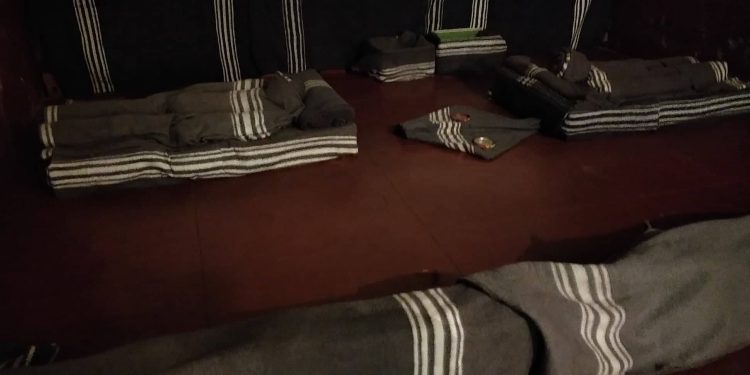
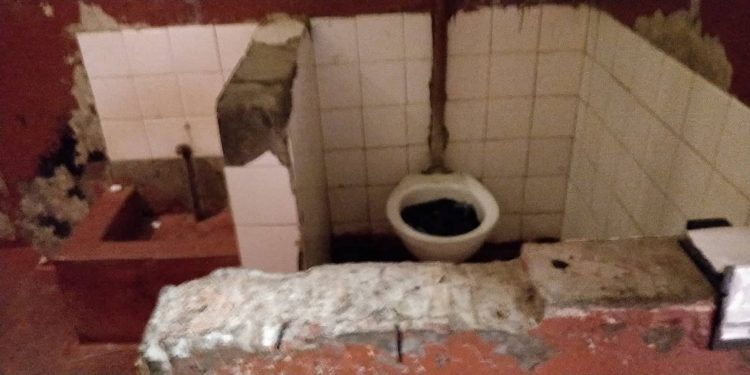
However, there was a tiny ray of hope that kept the inmates busy, apart for the hope that they would be released if their crimes were not serious ones. To keep their minds off the horrors, they would sit together and create blanket sculptures; we were fascinated by the creativity displayed in the shape of blanket furniture.
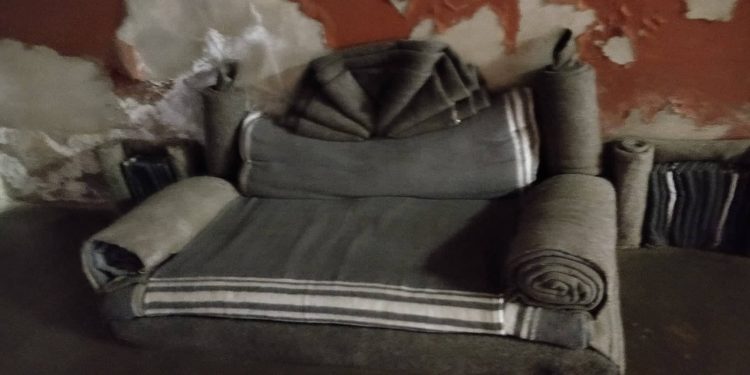

Isolation cells were for the prisoners convicted of the most heinous crimes, or for political dissenters. The warders would leave the lights on to disorient them, and incarcerate them for twenty-three hours inside, after which they would be allowed outside for an hour. There was one cell with a tiny peep hole through which the prisoner could see a portion of what was happening right outside. The worst punishment was when a convicted prisoner would be hauled into a cell.He would be stripped, have cold water poured over him and left overnight. Often he would die of pneumonia by the next morning.
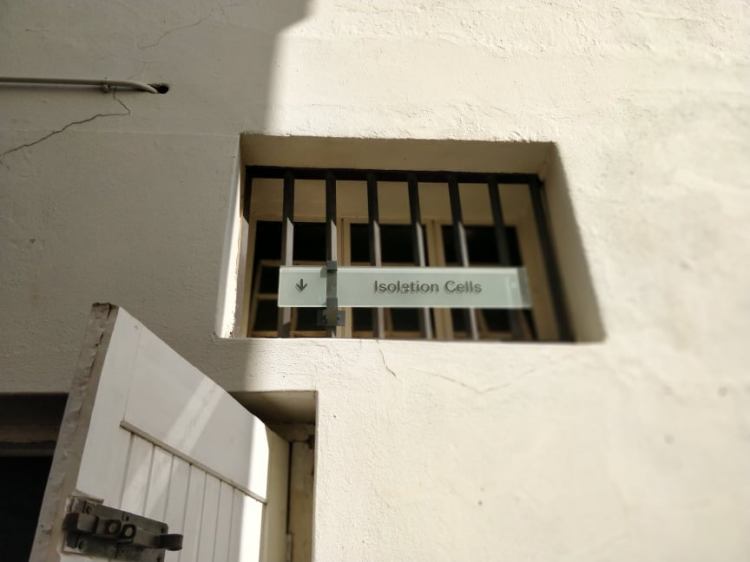
Ironically, all deaths were filed under suicide or derangement, never the brutality of warders or murder. In 1983, the prison was closed down and is now a museum filled with memorabilia, both photographic and video, that remains a memorial to the starkness and brutality of man against man.

There was also a flogging frame onto which prisoners were tied and they were beaten in full view of the other prisoners. Doctors were always present to gauge just how far a man could be lashed without losing consciousness.
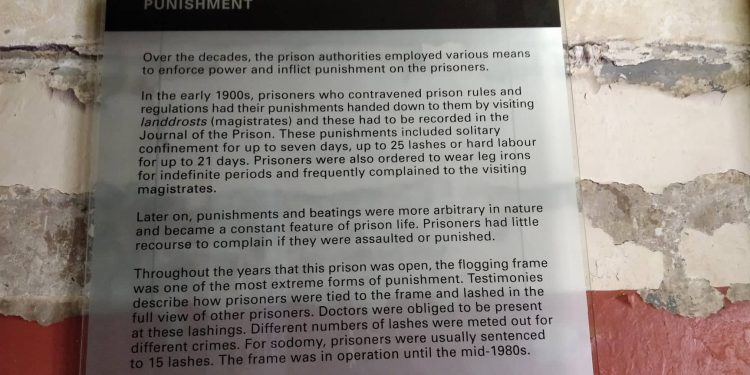
The picture below shows a plaque with the names of all the prisoners in alphabetical order.
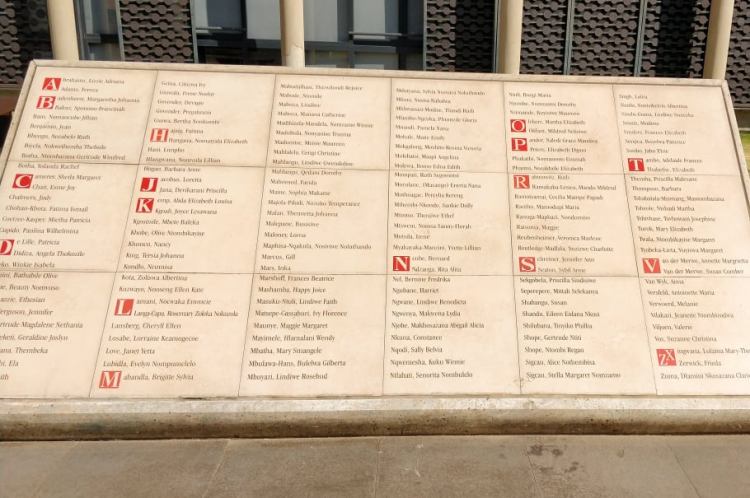
GANDHI AND MANDELA
Mahatma Gandhi was one of the political prisoners held here as he brought forth the concept of non-violent civil disobedience in South Africa as a protest against apartheid. Nelson Mandela was inspired by him, but it is believed that their paths never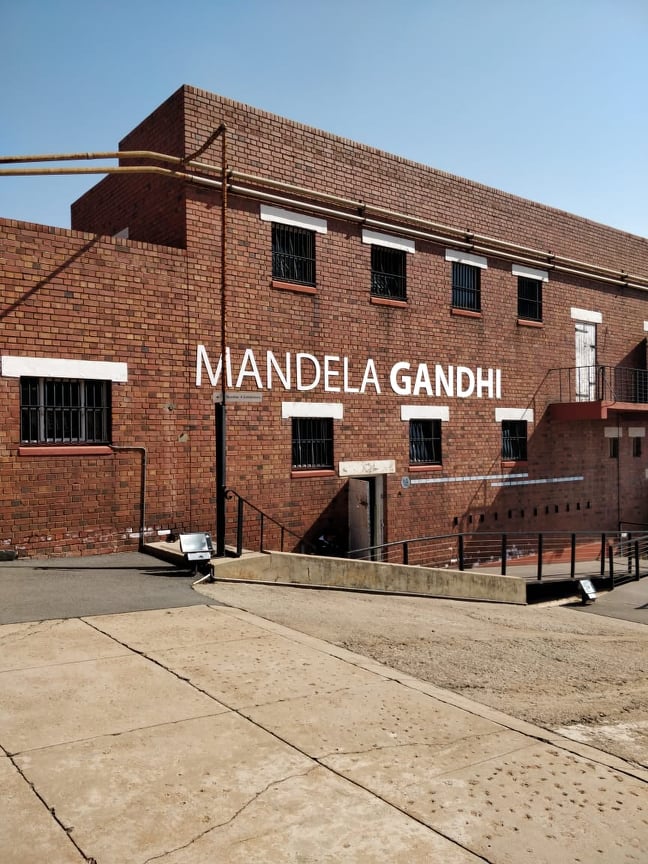 crossed. However, there is a museum dedicated to them, established on 24th July 2016, commemorating their lives and their struggles, right from their salad years to their seasoned ones.
crossed. However, there is a museum dedicated to them, established on 24th July 2016, commemorating their lives and their struggles, right from their salad years to their seasoned ones.

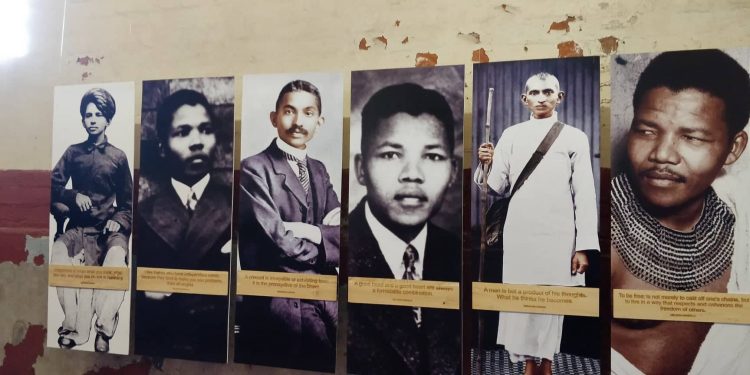
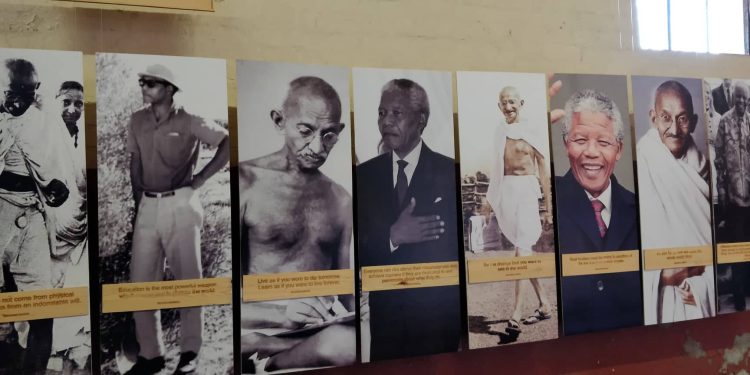
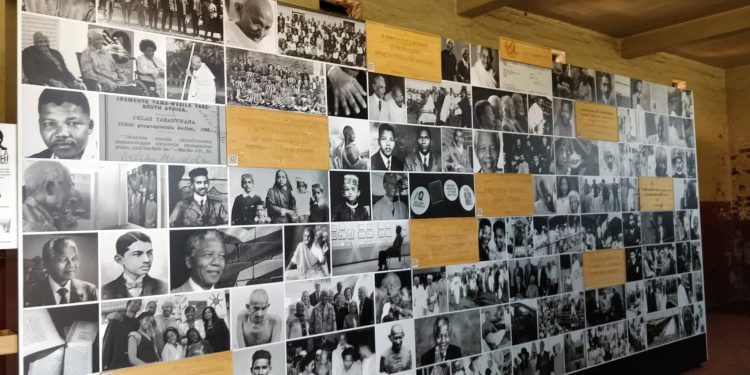
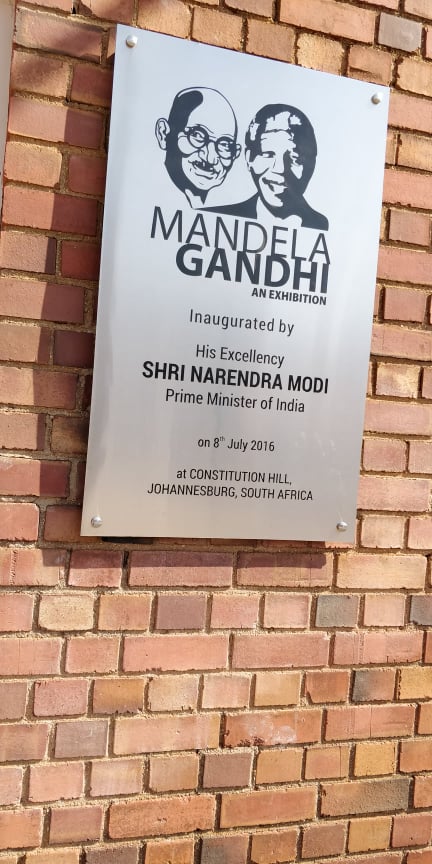

It is amazing to see how similar these two icons were in their natures and outlook as they mention the effect that South Africa had on both of them.
GANDHI PERMANENT EXHIBITION
The Gandhi section is titled ‘Gandhi: Prisoner of Conscience’ and covers his sojourn at South Africa from 1902 to 1914. He was imprisoned for refusing to carry a pass. The exhibition displays rare photographs, his personal effects, his ideas on prison life and Satyagraha, and even a missive to his wife, Kasturba.
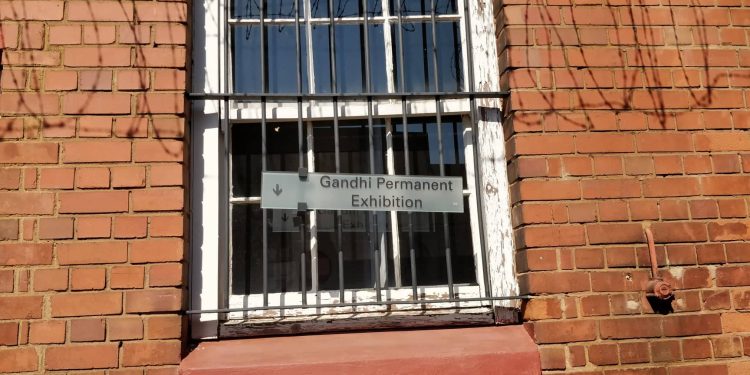

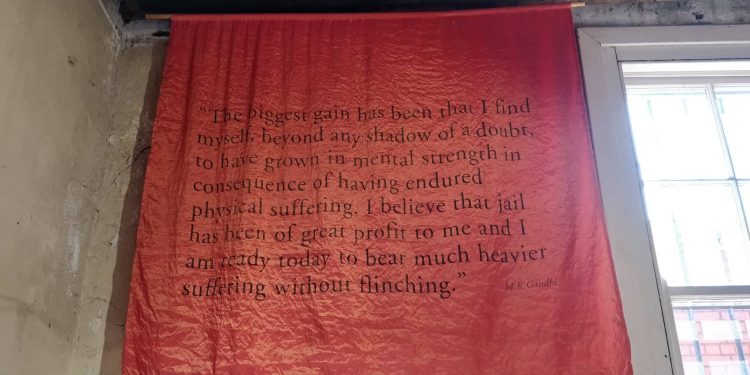
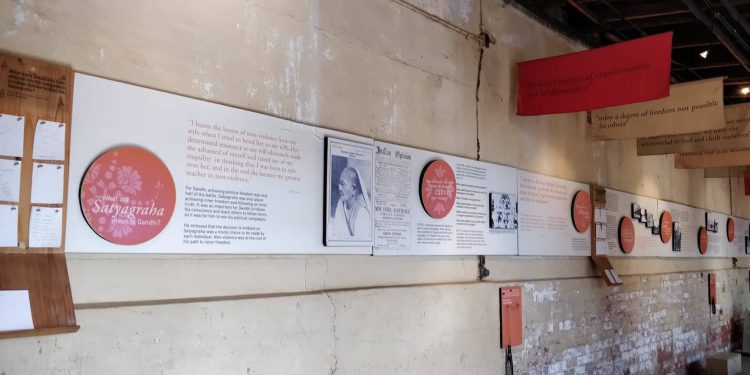
THE MANDELA CELL
The Mandela section is a treasure trove consisting of an exhibition of Madiba’s letters, his calligraphy, photographs, personal diaries, a draft of his book ‘Long Walk to Freedom’ and his words when he returned to the Old Fort in November 2003.
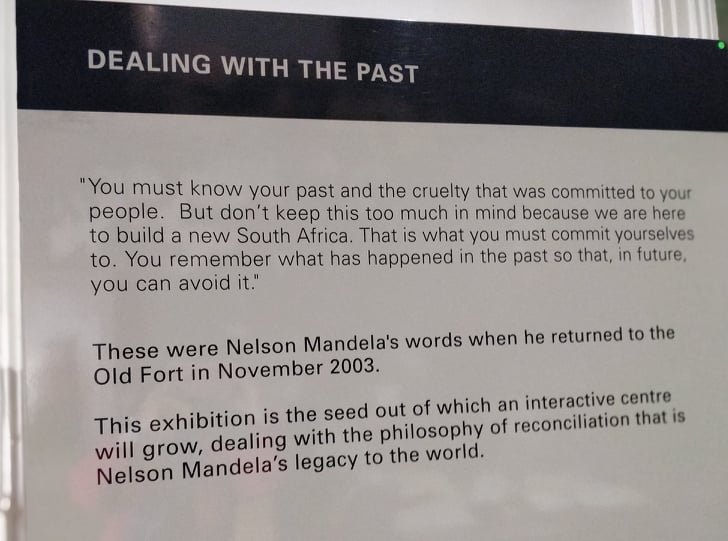
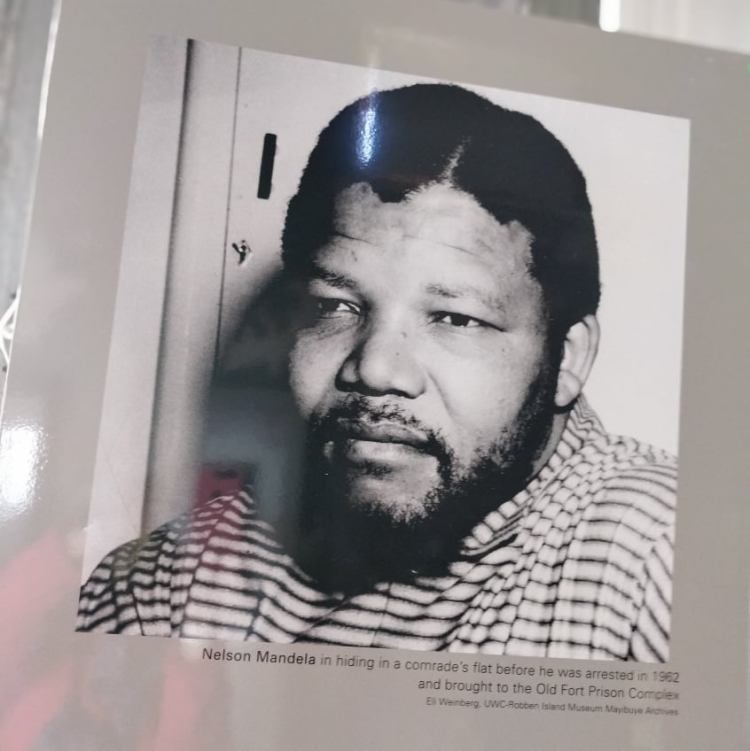
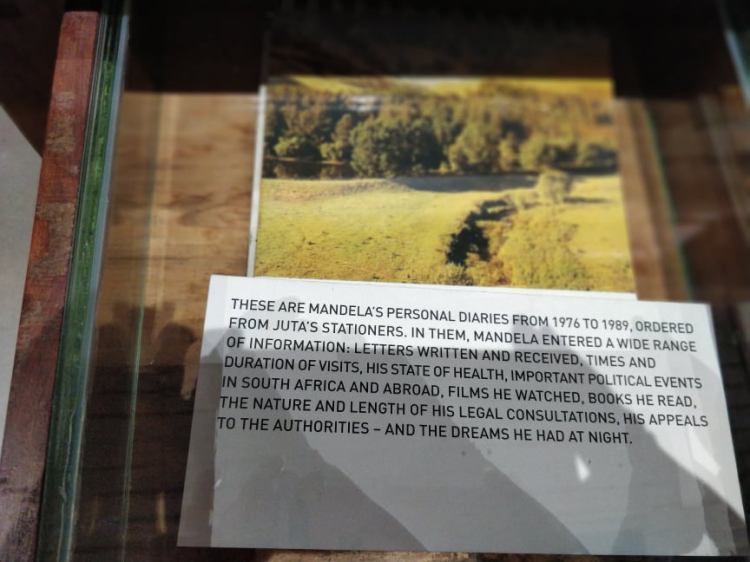

There is no doubt that Constitution Hill holds within its depths gruesome memories of incarcerated men and women, who lived out their lives in indignity and privation, in surroundings that reeked of injustice and neglect. If those walls could talk, many would be the tales told and tears shed for the harrowing loss of dignity that humans could perpetrate on other humans, only because the colour of their skin was different.
Today, Constitution Hill plays a diametrically opposite role, as it houses South Africa’s highest Constitutional Court, created out of the very bricks that housed the horrors of the past, maybe as a living testament to prevent mankind from sliding back into those dark, barbaric ages, and to serve the purposes of the present in order to shape out a future resonating with rebirth, resurgence and equality for all. But that, of course, is another installment, and another story to be told!
Heritage Museum in Johannesburg, South Africa
Address: 11, Kotze Street, Johannesburg 2017, South Africa
Telephone: +27 11 381 3100
































































































